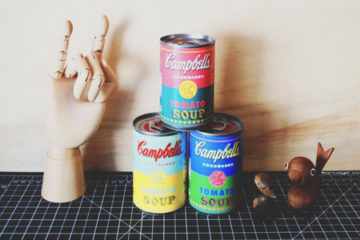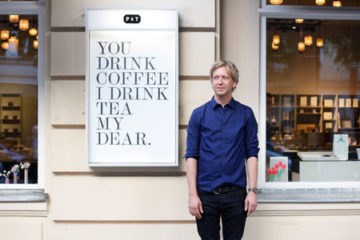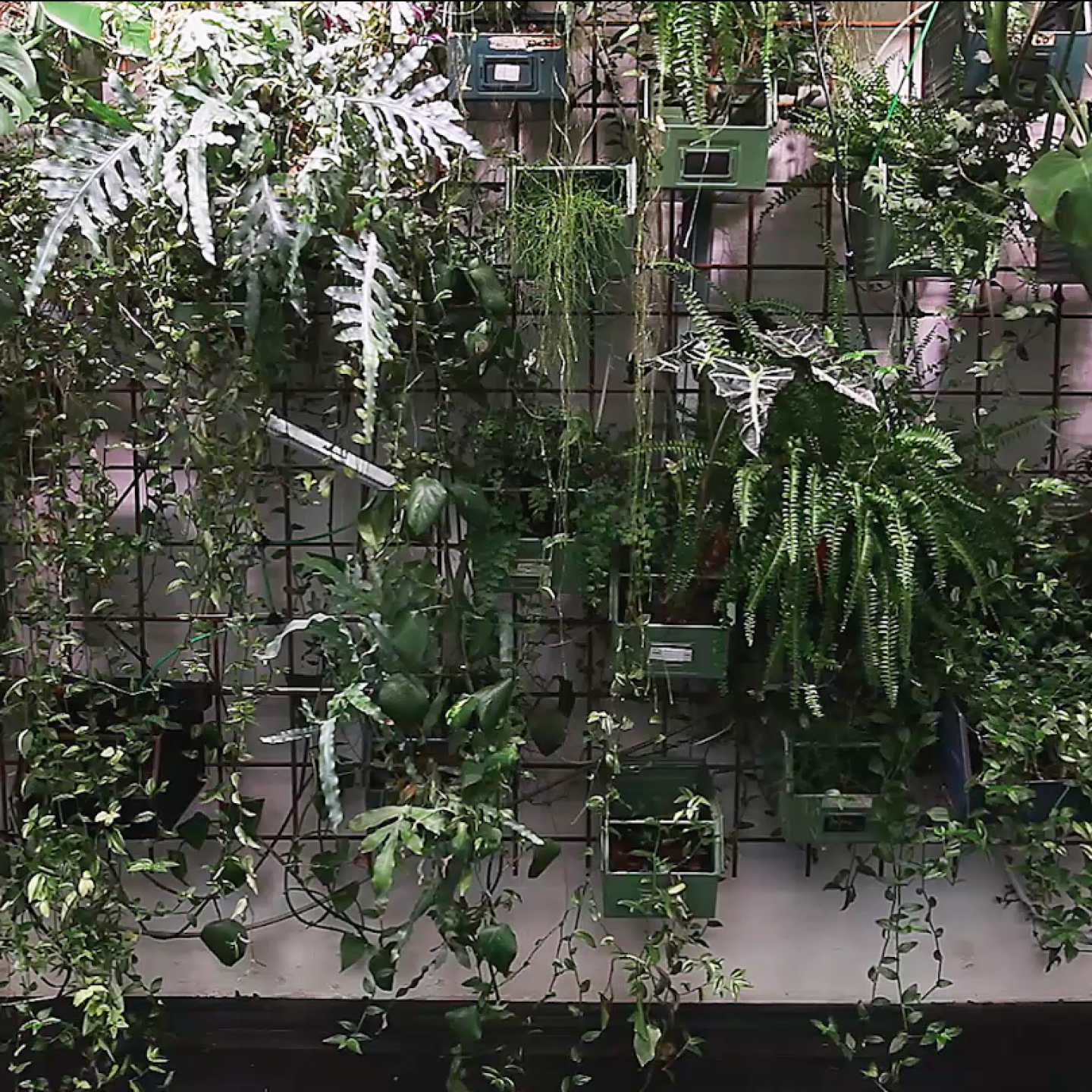
INFARM Indoor Farming · Berlin
- Words
- Jessica Jungbauer
From a hidden courtyard in Berlin-Kreuzberg, the team at INFARM is on a mission to transform the way we grow, consume and think about food, using the latest indoor farming technology.
By converting urban spaces into vertical farms, a group of plant scientists, IT developers and industrial designers joined forces in 2014 in attempt to meet the needs of a growing population, all while combining the most advanced technology with the romantic idea of growing your own food. INFARM’s latest projects includes Europe’s first in-store farm, where people can buy their own herbs and vegetables to grow from roots up.
In front of a large green wall, we recently sat down with co-founder Osnat Michaeli and project manager Shani Leiderman to talk about INFARM’s vision, ideas and projects, which all come down to one thing: a passion for good food.
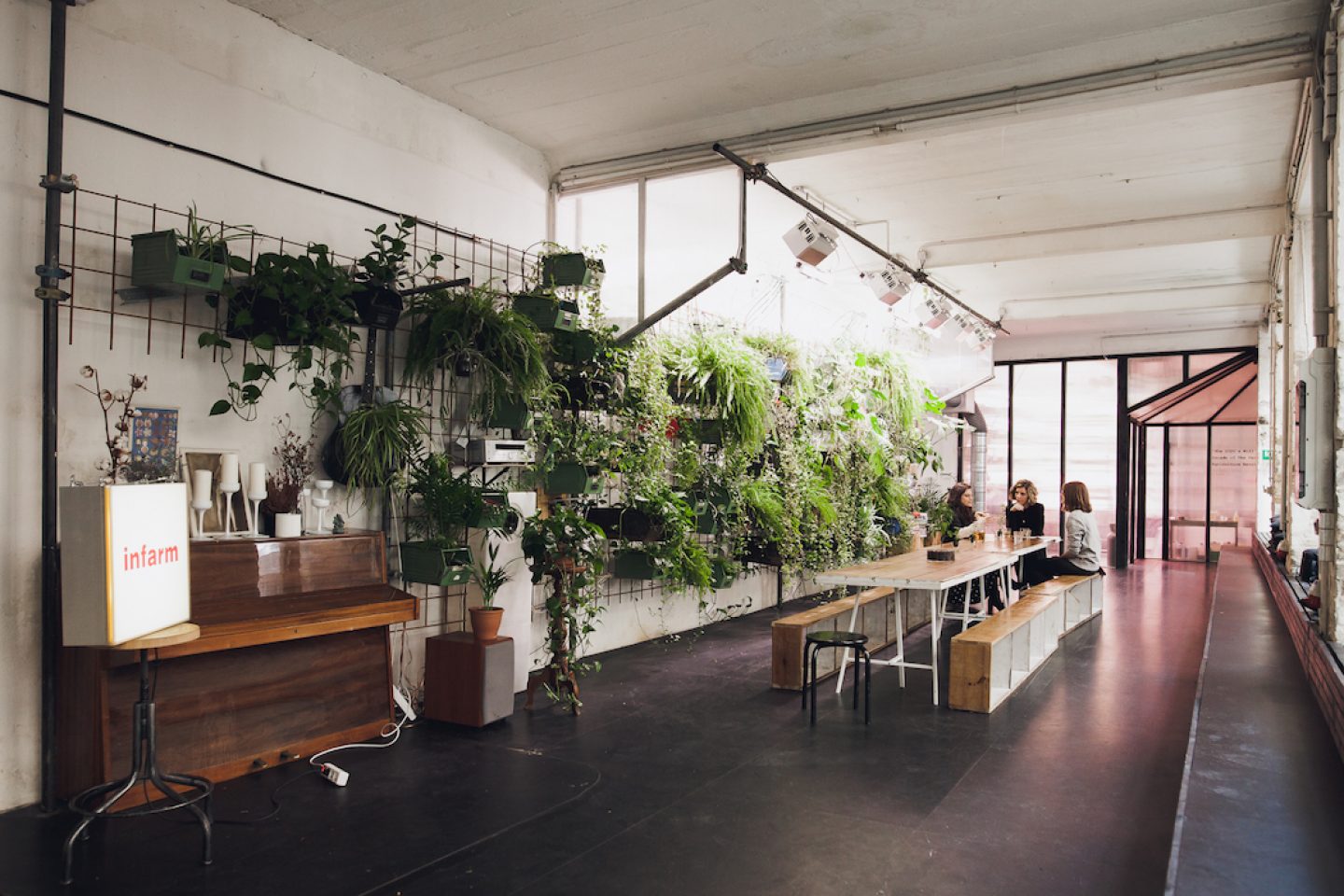
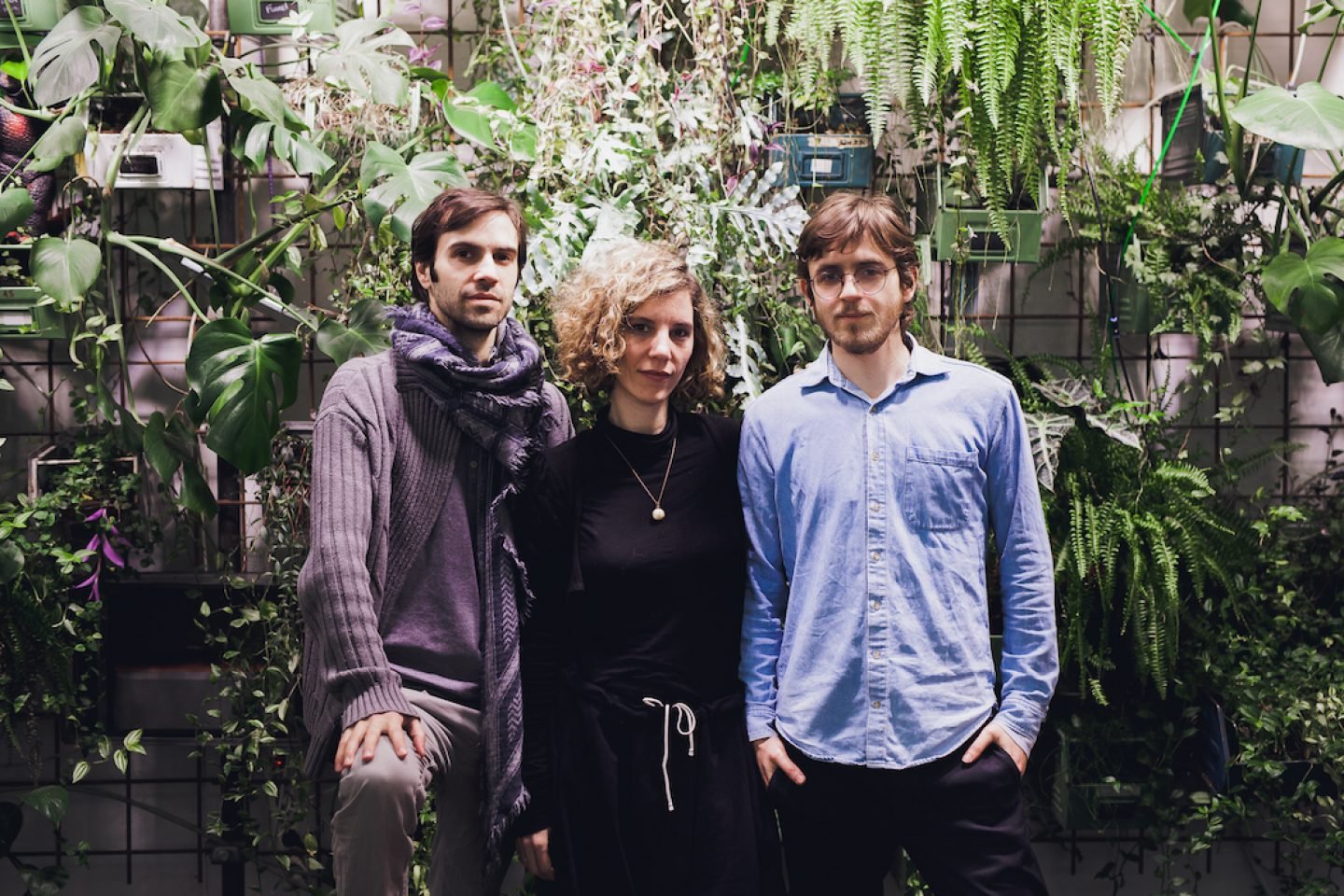
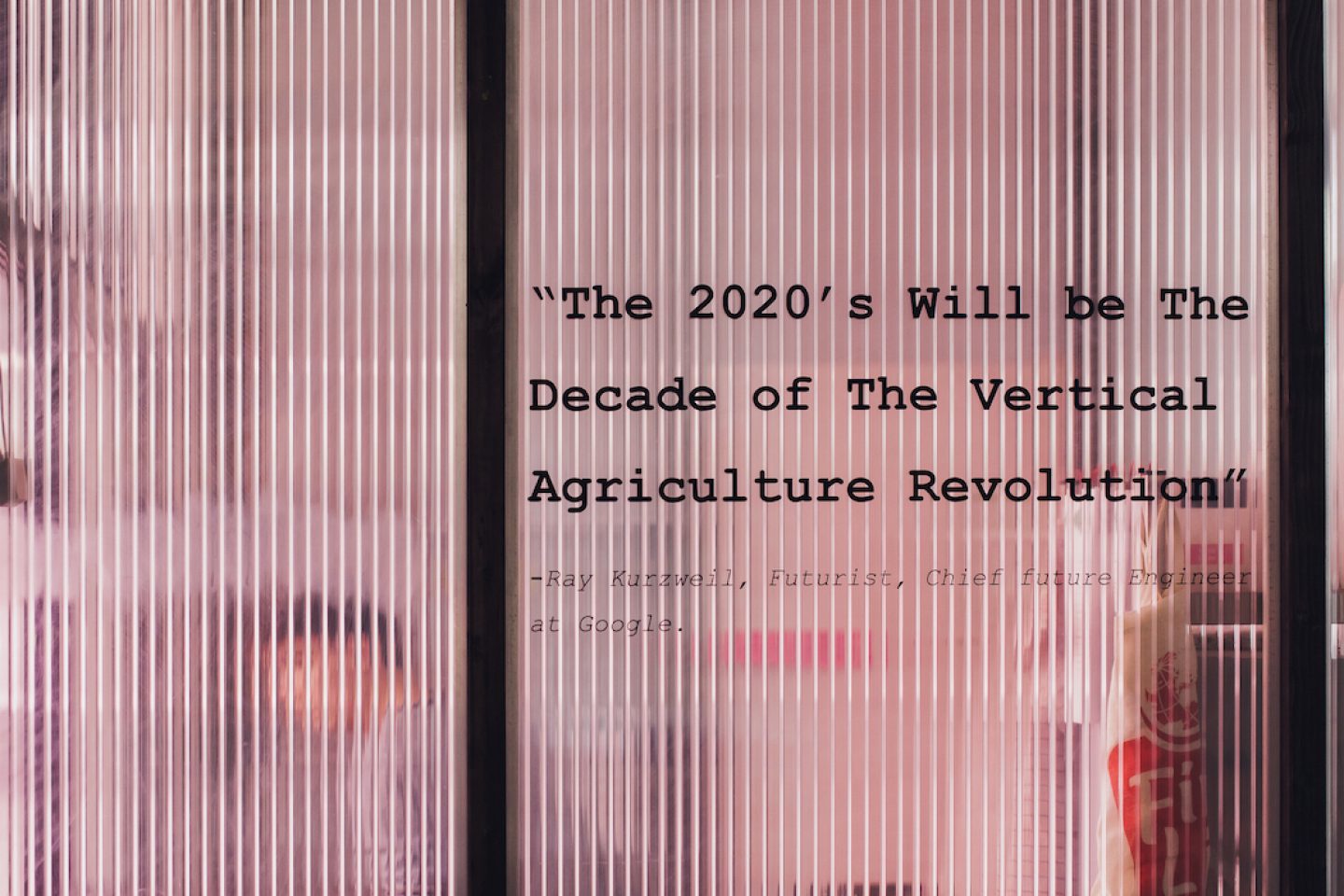
For those not familiar with indoor farming, can you please explain the concept?
Shani Leiderman: We believe our food system should be decentralized and food production should get closer to the consumer. This is essential in terms of the impact on the environment as well as for significantly improving the safety and quality of our food.
Our strategy is to encourage businesses and entrepreneurs to start farming in the city, in supermarkets, restaurants, hotels, co-working spaces, hospitals and even at home, by offering a turn-key solution for indoor farming. We have developed different technologies for maximizing the use of energy, as well as space, that is very scarce in cities.
Osnat Michaeli: By growing in the city, you’re eliminating the need for transportation and logistics, as well as getting fresher, tastier, more nutritious food. Indoor farming also allows the possibility to grow fresh food in places in which it is usually not possible, such as deserts.
"By growing in the city, you’re eliminating the need for transportation and logistics, as well as getting fresher, tastier, more nutritious food."
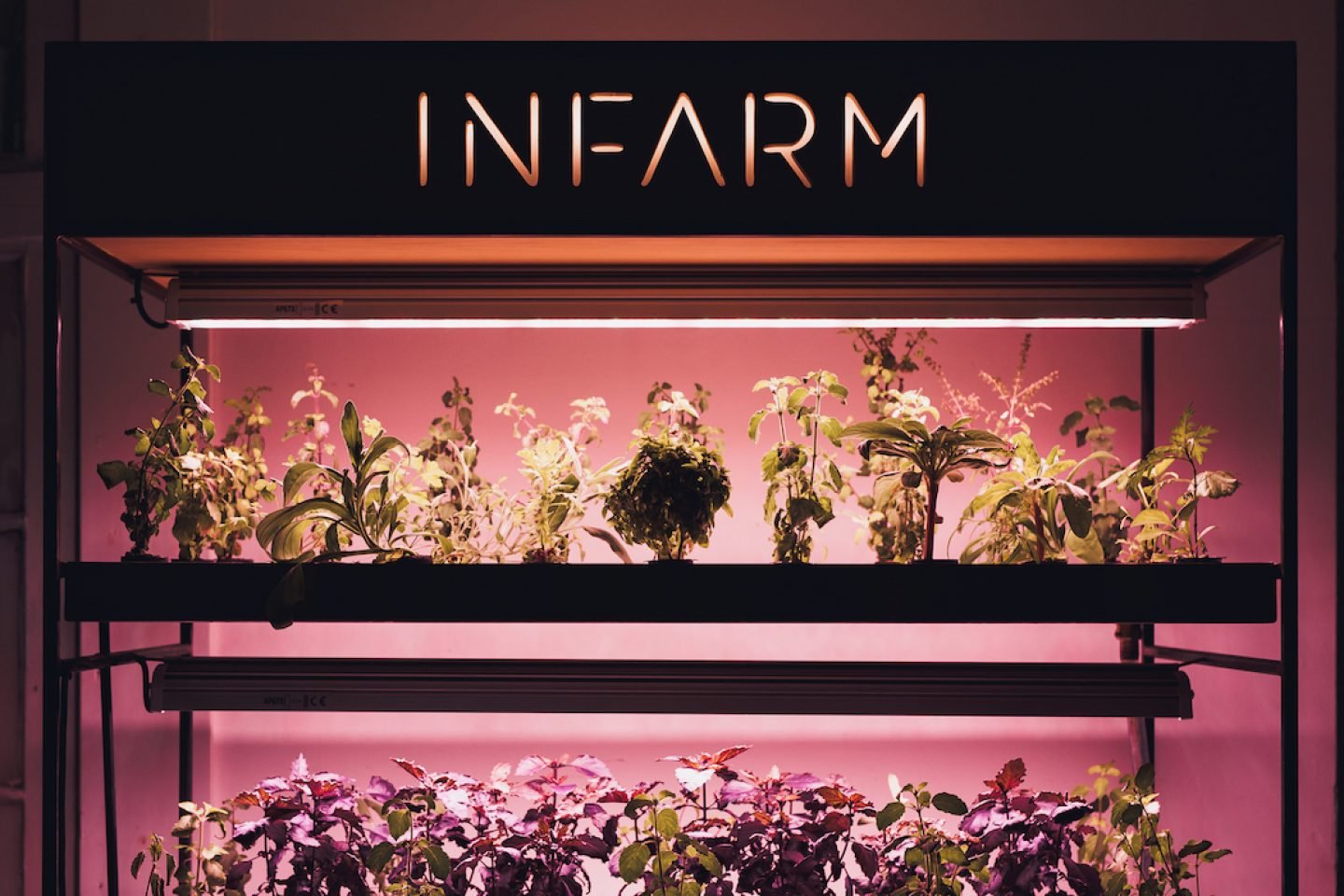
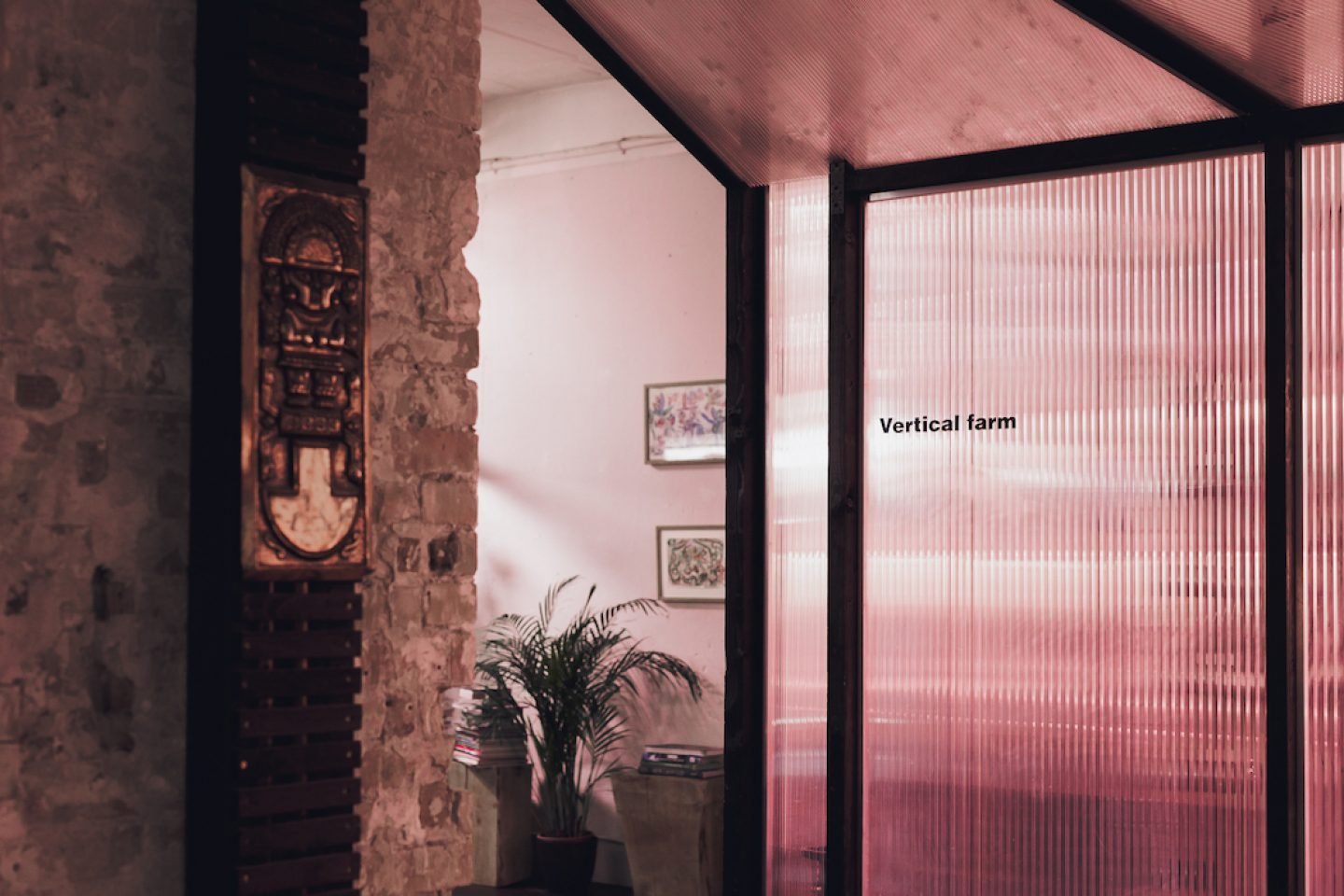
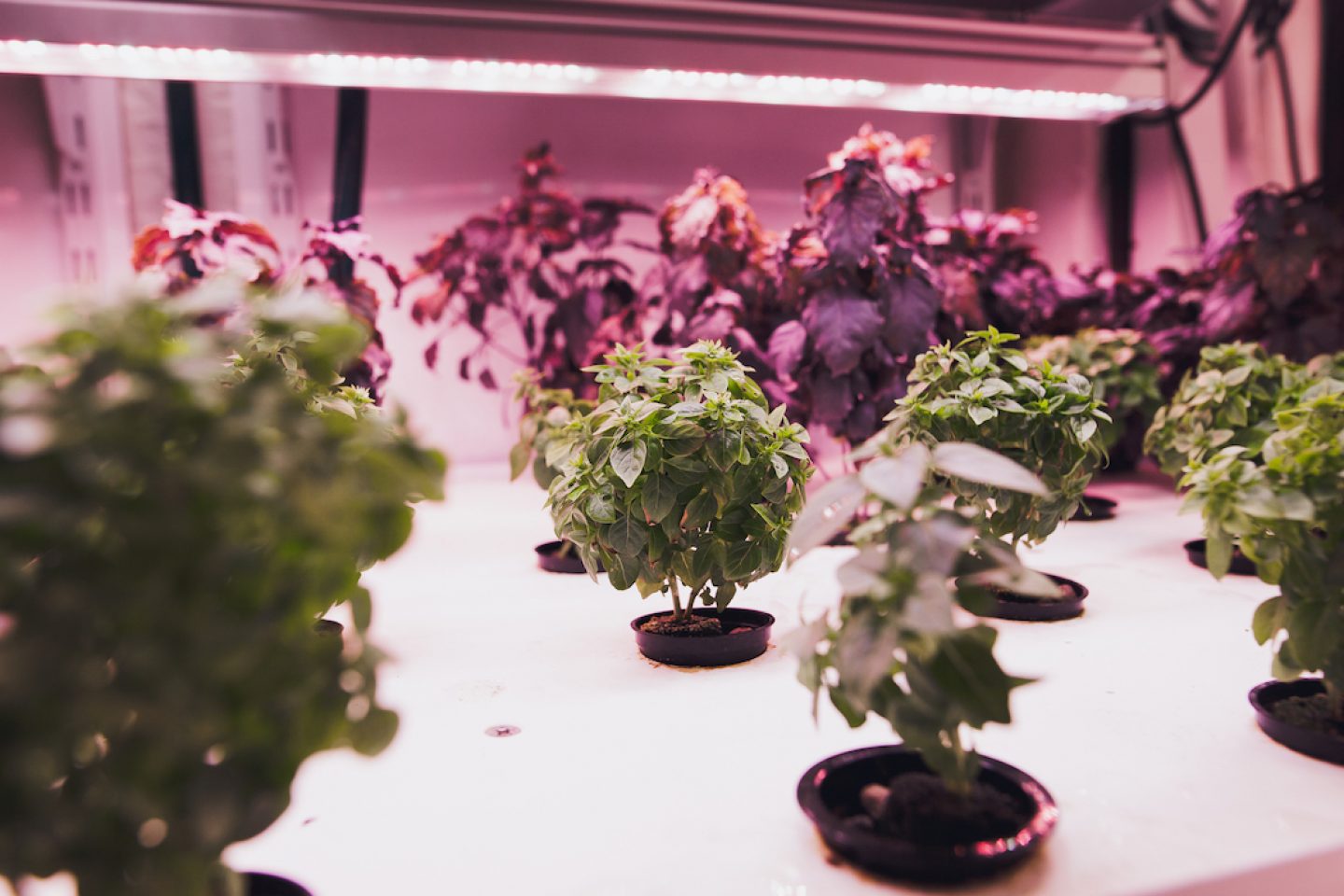
How does it basically work?
Shani Leiderman: In our farms, plants grow hydroponically, on a thin layer of water enriched with fertilisers and oxygen. Custom-made LED growing lights mimic sun spectrums to enhance taste and boost nutritional value. Growing shelves are stacked vertically to maximize the use of space. We use microsensors and data processing to control every element of the environment, and ensure that the plants get the best conditions to thrive. By growing indoors, we have no threat of pests, and therefore are also able to eliminate the need for pesticides.
Osnat Michaeli: Normally, to grow efficiently, you would need to have a really big farm. What Infarm is bringing to the market is the ability to become very efficient from the first square meter. Our idea was to enable any unused space, mainly in urban centers, to become productive farms. Which we believe, will, other than helping the environment, also bring biodiversity to our lives. Having many small farms that are very flexible, so you can change what you grow very frequently according to the needs of the market. That’s what we’re also doing in this space. We grow very unique things that we have never tasted before. So that’s a big part of what’s exciting about growing your own food.
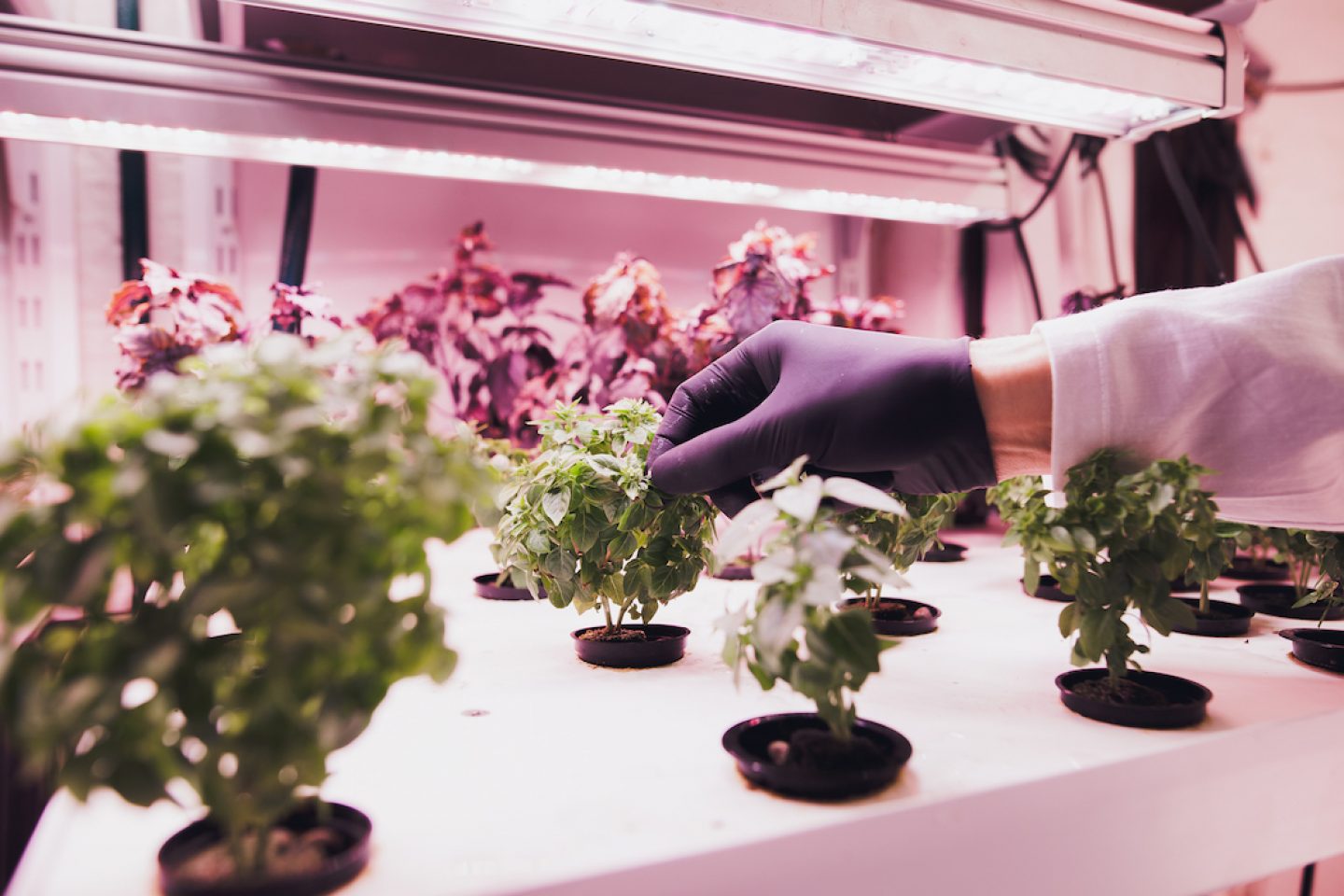
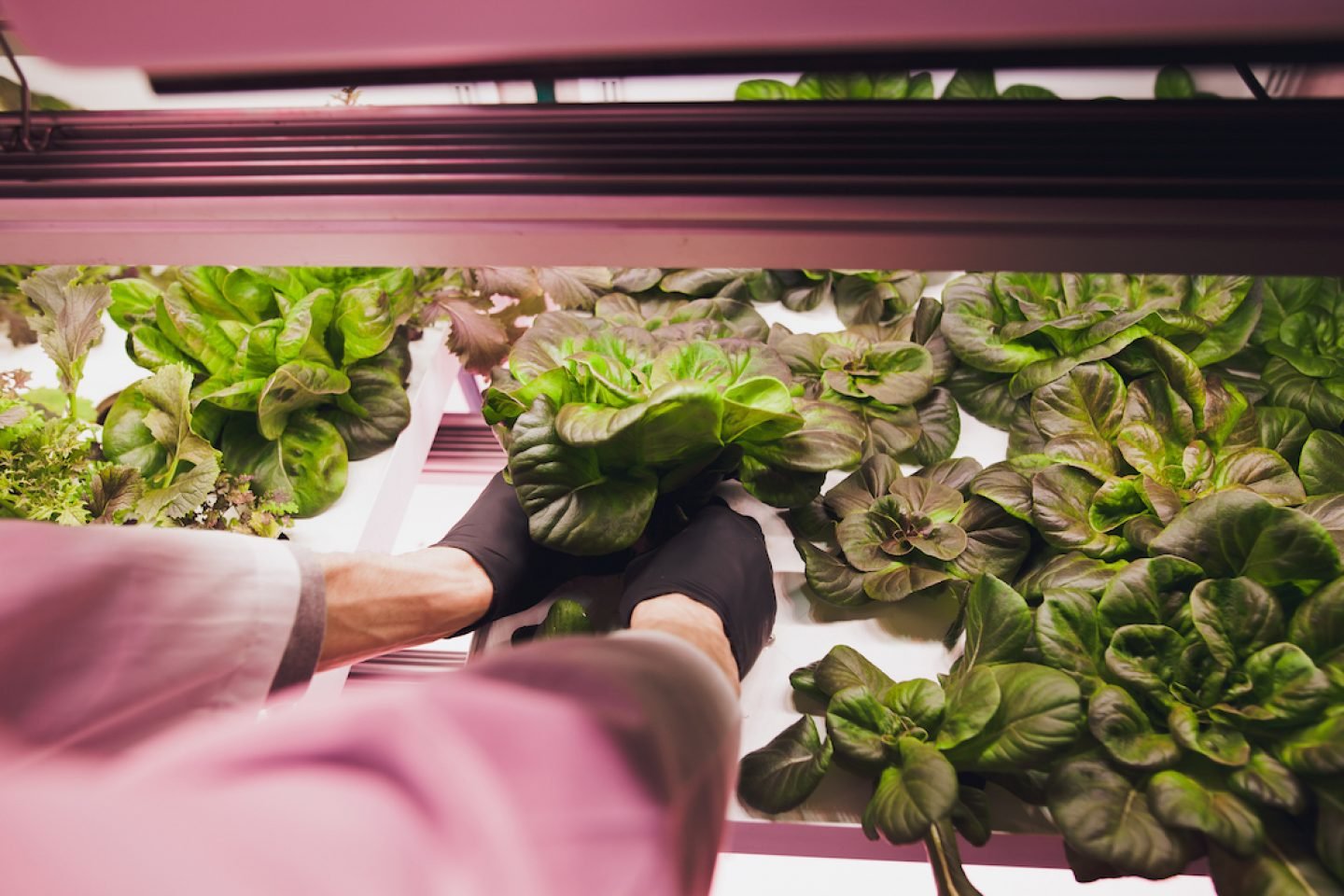
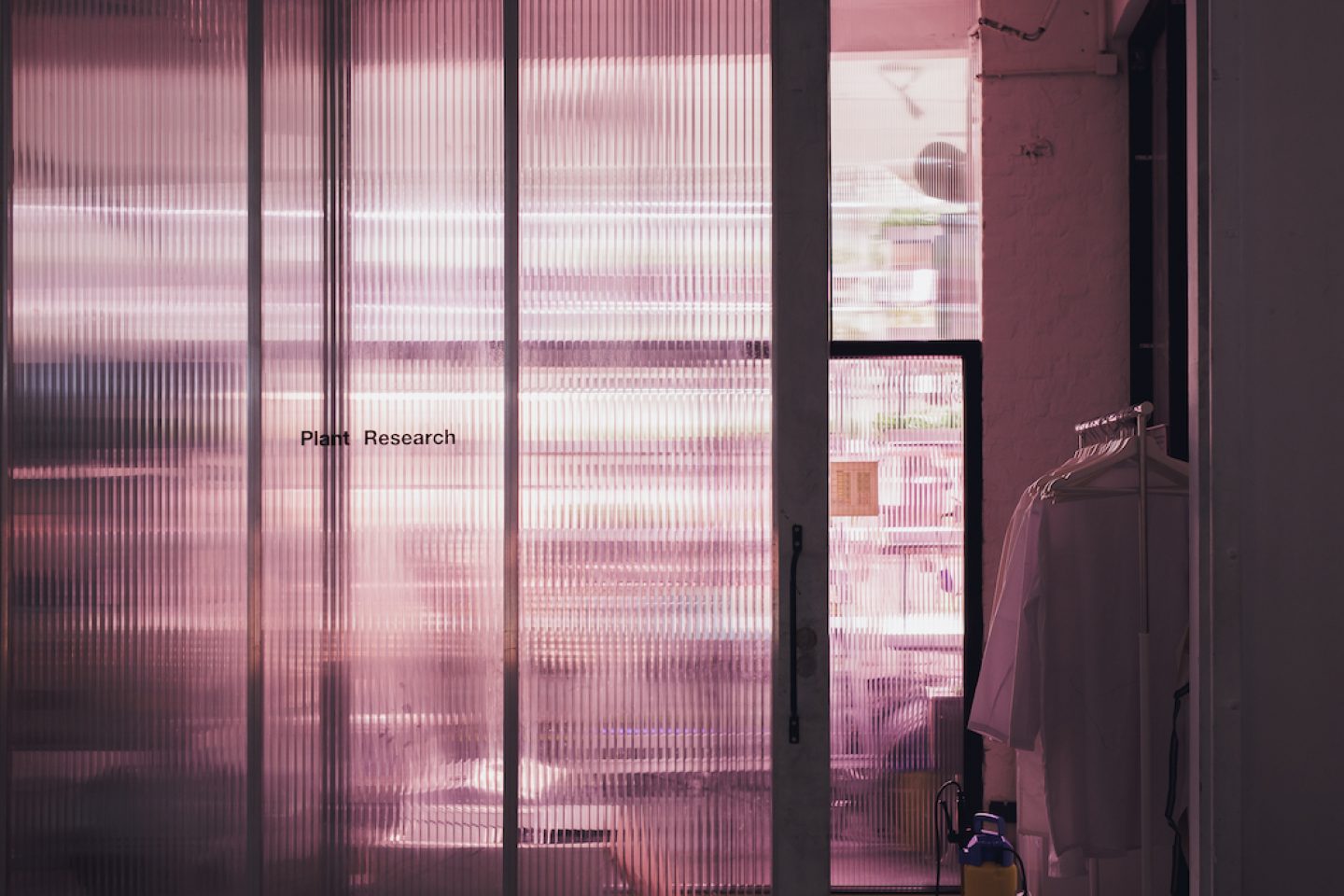
“One of the biggest advantages of farming this way is that we can grow unique varieties from all around the world locally.”What’s the most unexpected plant or type of produce you grow in the farm?
Shani Leiderman: At the moment, we grow Greek Bonsai Basil, a relatively rare variety of basil. It tastes similarly to Genovese Basil, the variety most of us know as basil, but it’s more intense and has very small leaves. Its shape and taste inspires chefs to use it in a different way than ‘normal’ basil. It creates other possibilities.
Osnat Michaeli: One of the biggest advantages of farming this way is that we can grow unique varieties from all around the world locally. We grow hundreds of different types of microgreens and microvegetables. Microgreens are basically the earliest stage of many vegetable plants we know, such as radish, rucula, mustard etc. These are tiny plants, that have a more intense flavor and are more nutritious than the fully grown plant.
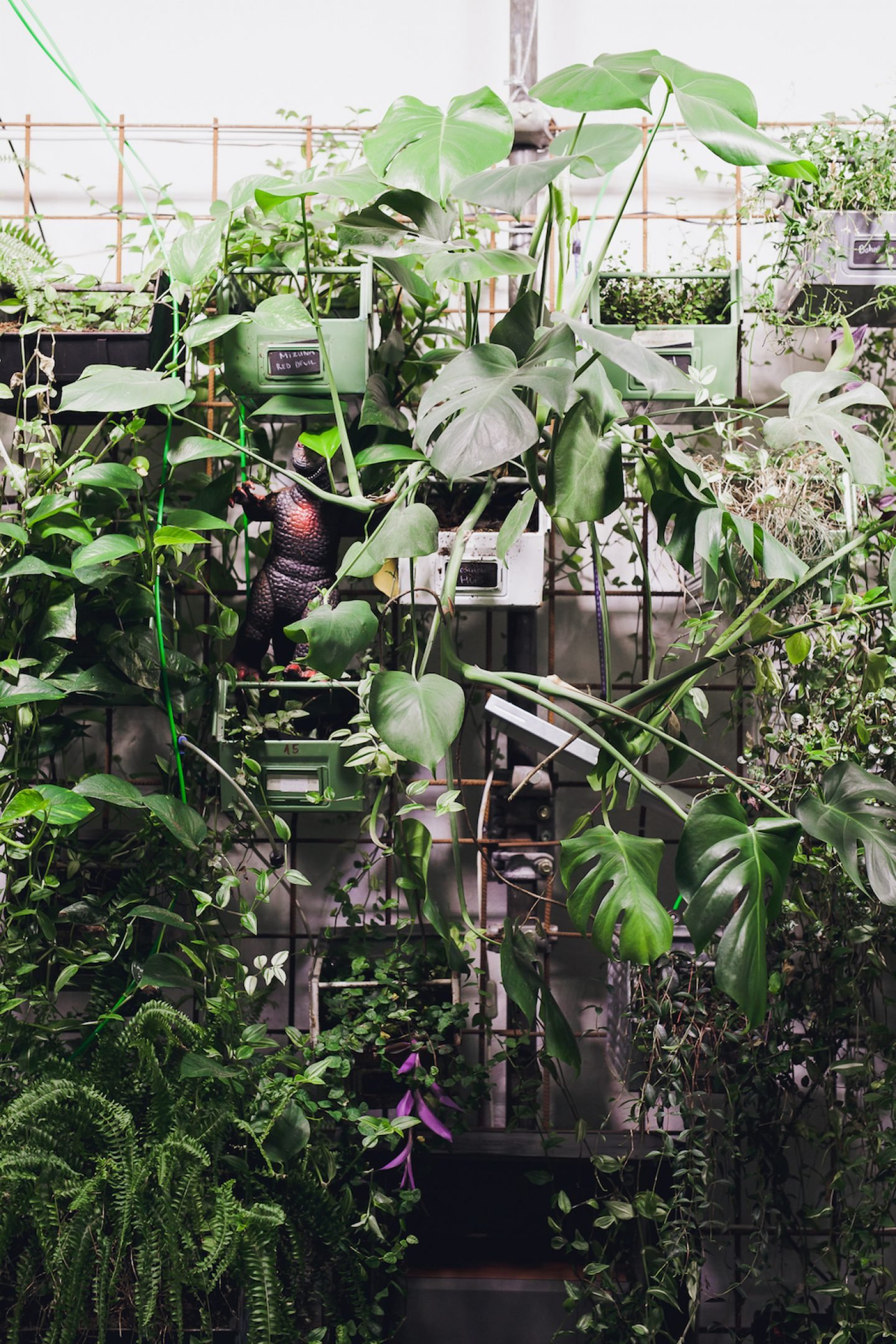
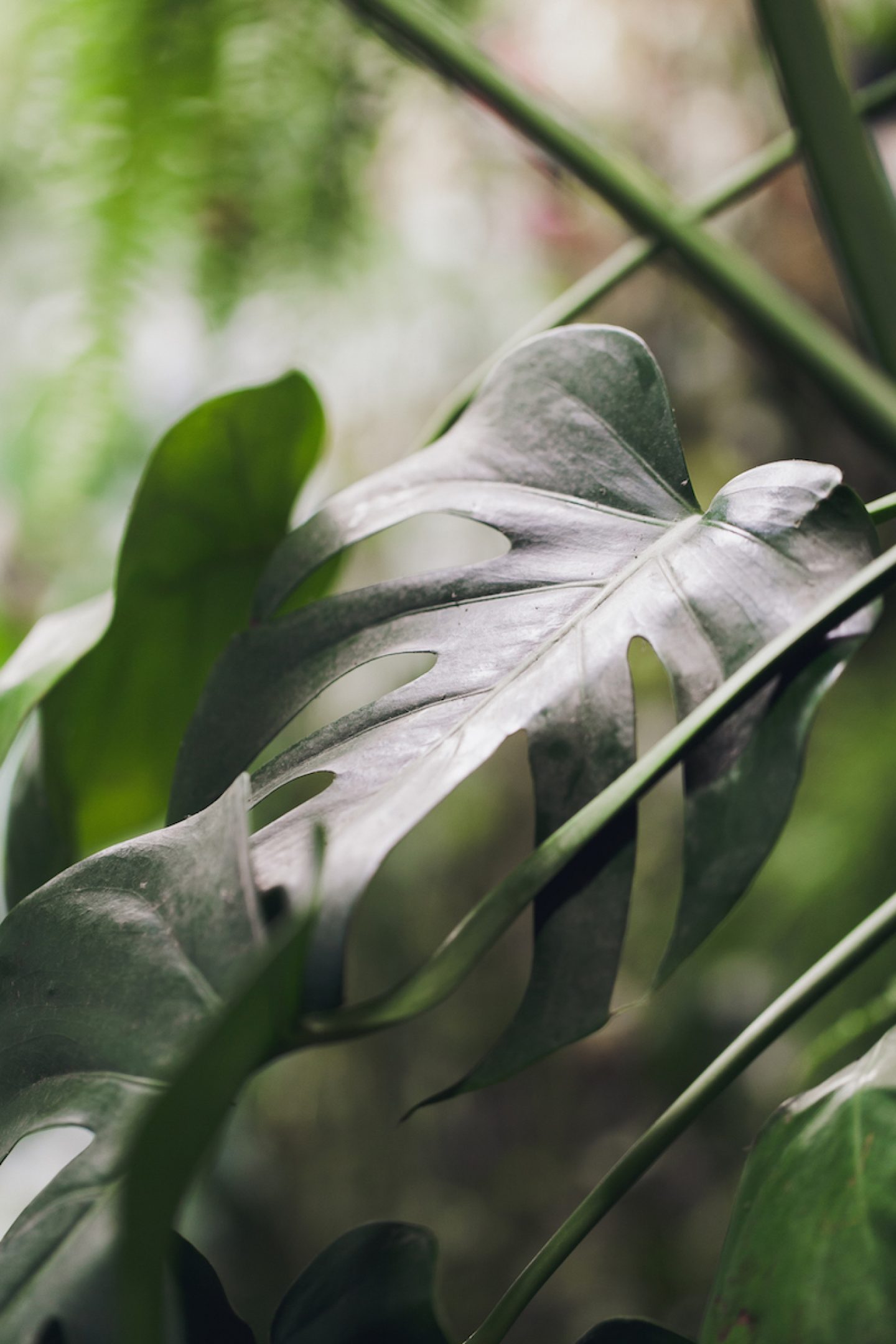
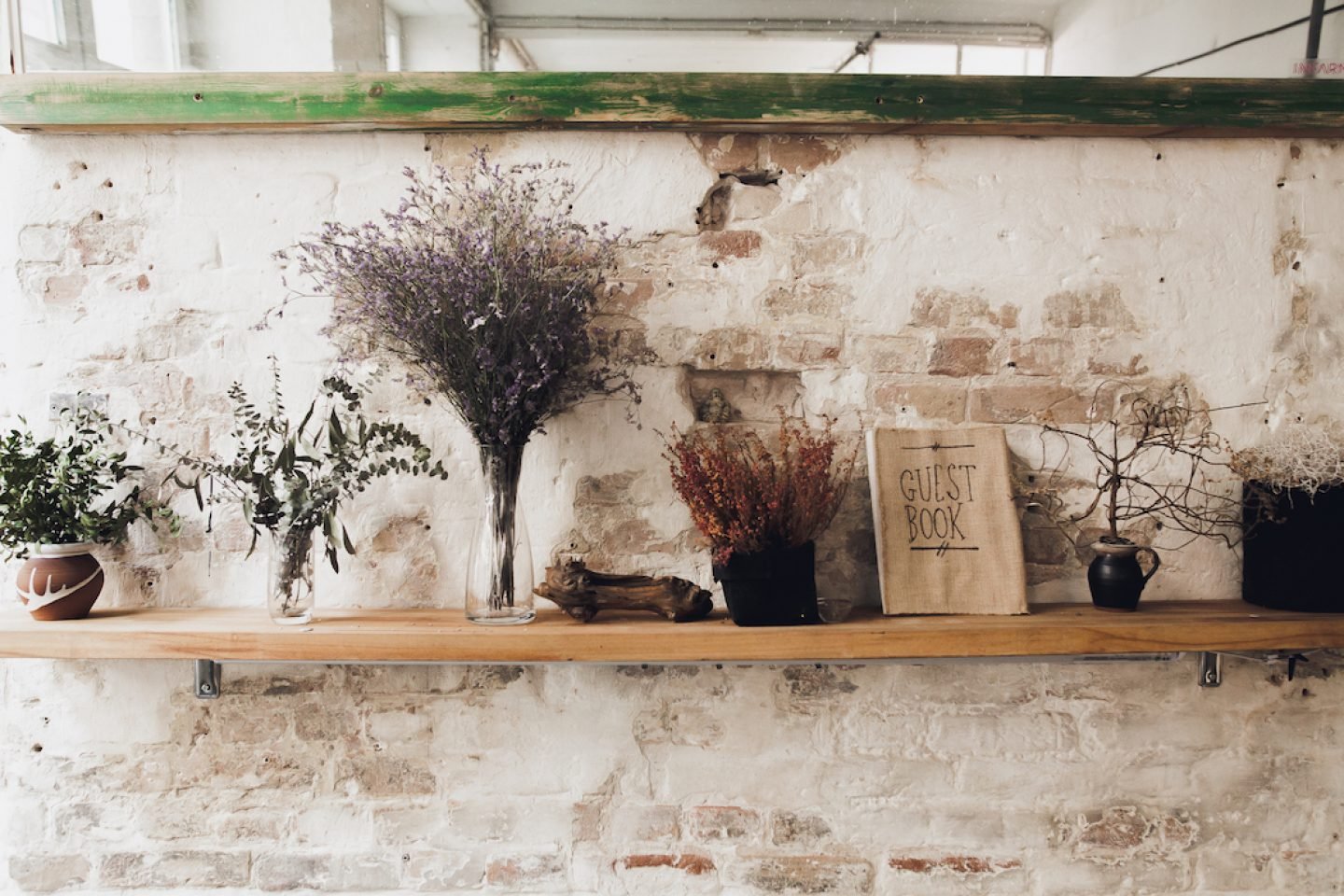
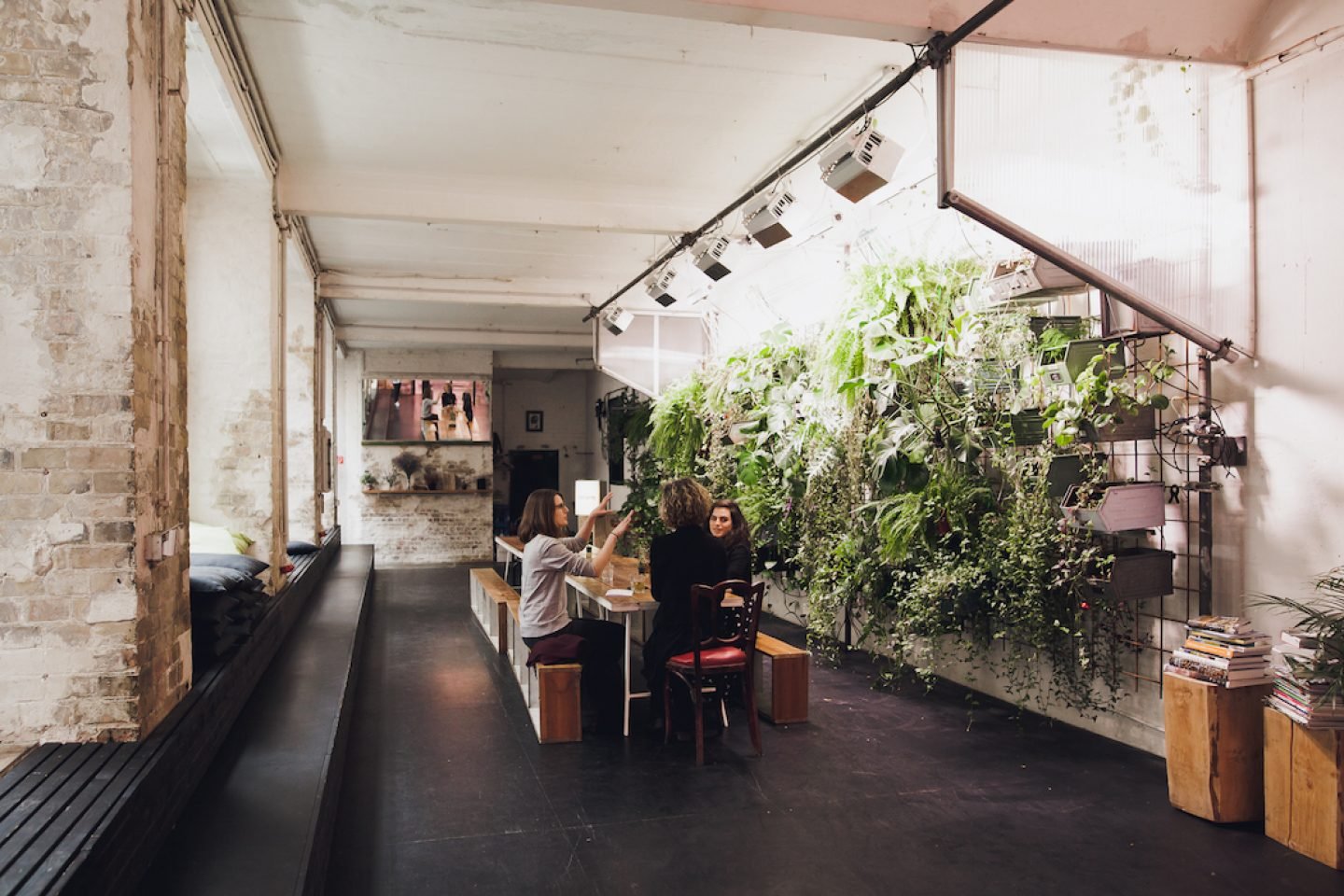
Speaking of food, you also have a kitchen here and host events like dinners in this space, right?
Shani Leiderman: We host groups that wish to learn more about indoor farming and experience it. We invite them here, show them around, and offer food and drinks that we prepare with what we grow here. We also often host here innovation workshops. Our space is a sort of culinary research lab – we work closely with chefs to explore together new models of food consumption, new flavors, textures and dining experiences.
Osnat Michaeli: Ultimately, our motivation and passion revolves around having better food. Therefore, it is very important to us to work with innovative chefs. Right now, we have a really close collaboration with the chef Ramses Manneck of Industry Standard that’s working out really well. Ramses said the other day that for him, it’s really interesting to hack into the growing cycle of the plant, because in the different stages of the plant’s life cycle, the taste and texture are so different. Another chef who we’ve been working with, Gal Ben Moshe of Glass Restaurant in Berlin-Charlottenburg, said that the intensity of the plants is so high that it really changes the way people create dishes. You don’t need so much, and you can use it in really different ways.
"Ultimately, our motivation and passion revolves around having better food."
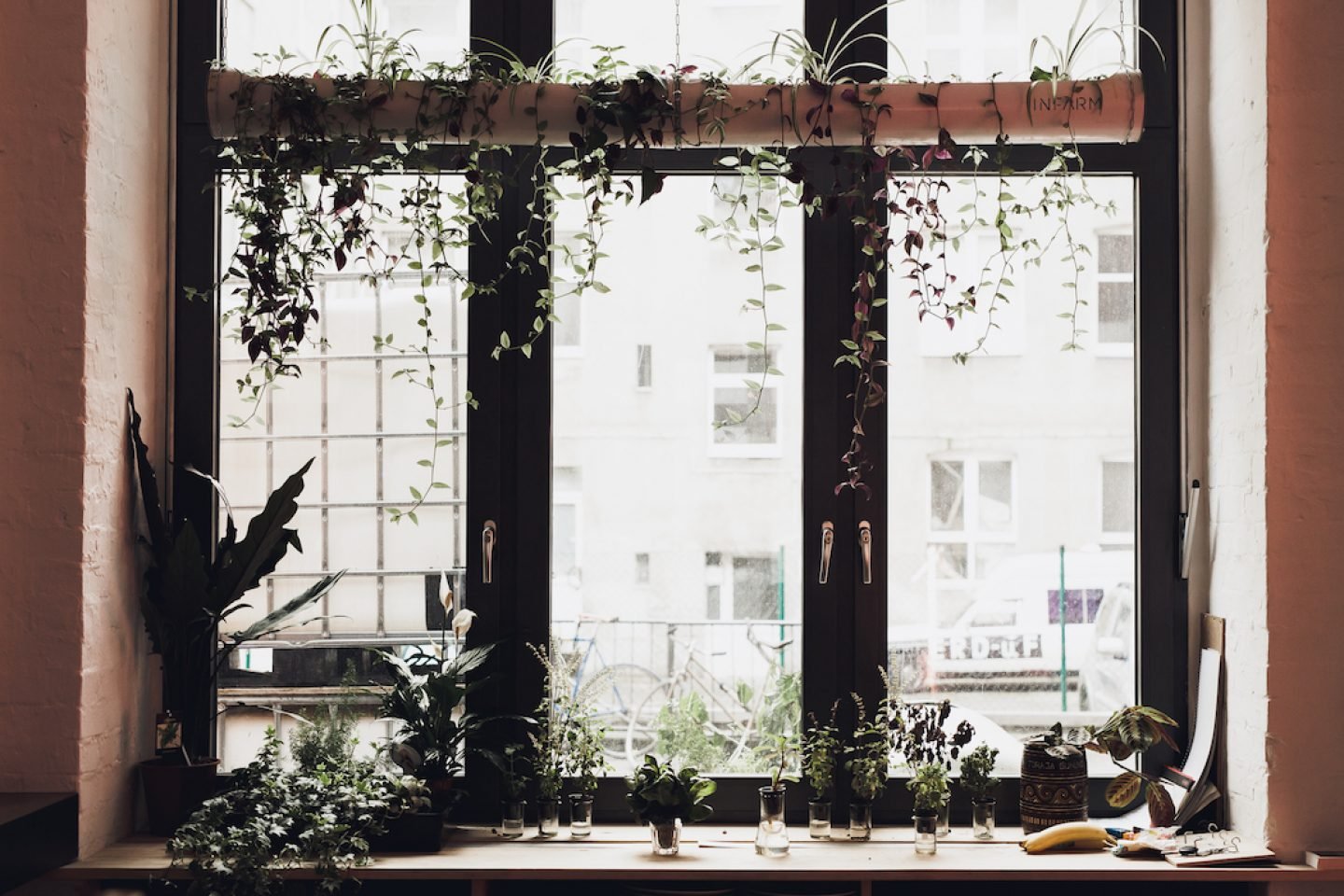
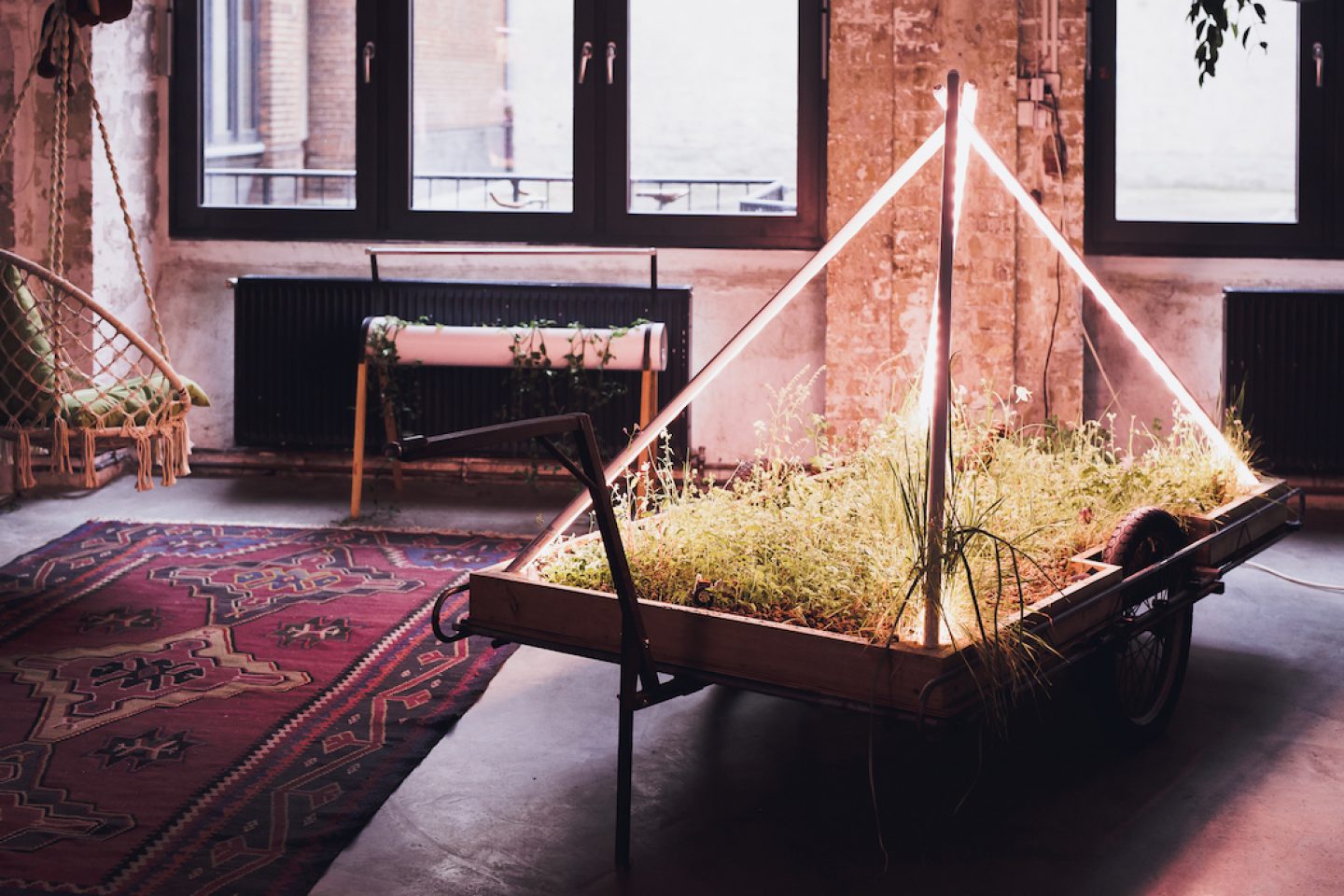
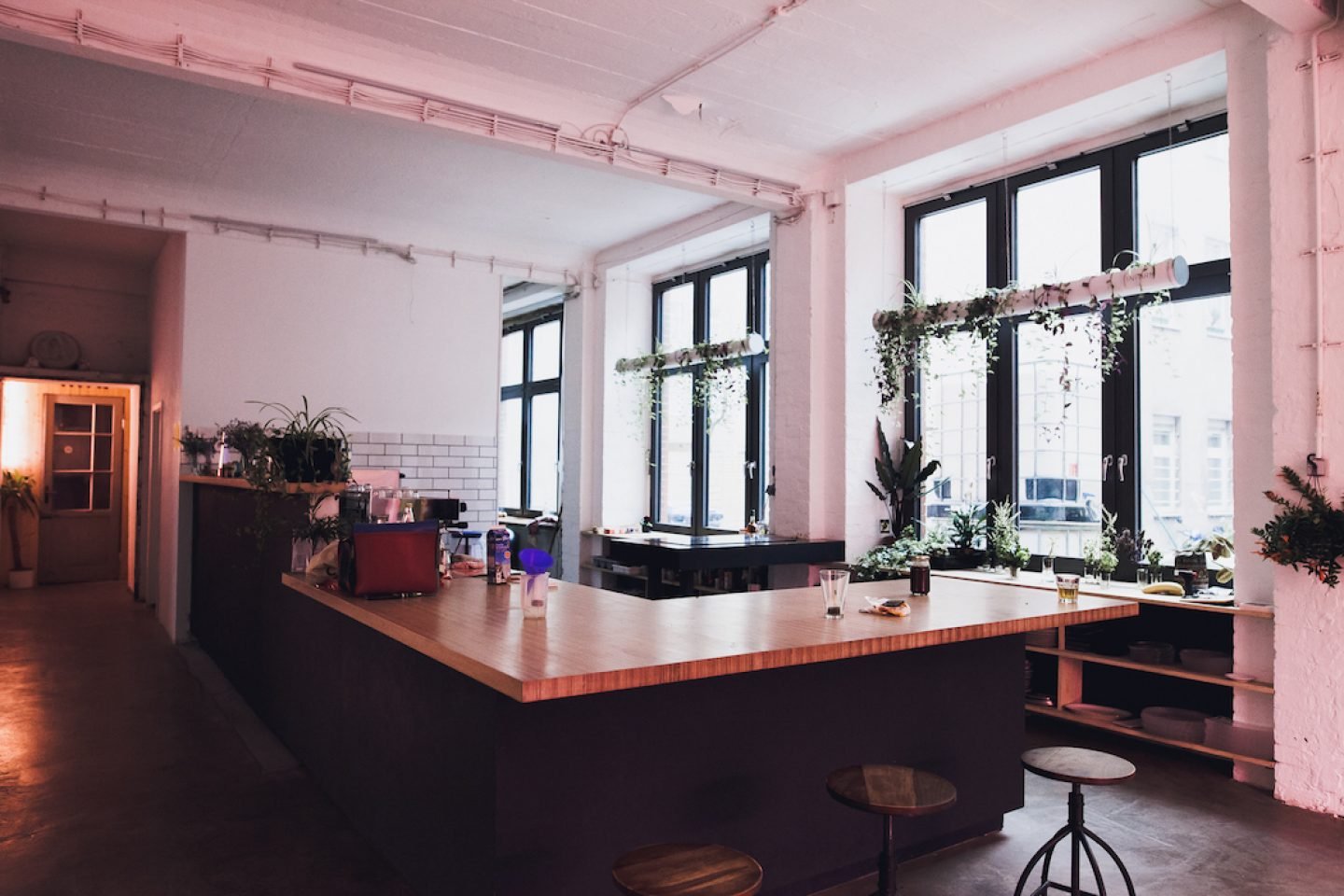
Your team is composed of plant scientists, robotics specialists, architects, futurists, and chefs. Can you tell us a bit about how you align and share your skills on a day-to-day basis?
Shani Leiderman: We have many different departments. For example, the IT department works on creating our software. Then we have the growing team here that takes care of the maintenance of the farms. We also have the research team, which takes care of finding out how we can make the growing process even more efficient. The event team takes care of the hosting and the space. Then there’s the management, which goes through it all, and then also marketing.
Osnat Michaeli: What we’ve developed here is a really nice work culture. I think that people who work here have a lot of freedom to explore within their own fields, and bring in more ideas and innovations. Every Monday morning, we have a meeting where everyone shares something new with his or her department. And every Friday afternoon we have a more casual meeting while drinking beers. We always eat lunch together. Each time, someone else cooks. It is a real advantage to have the large open kitchen available for us on a daily basis.
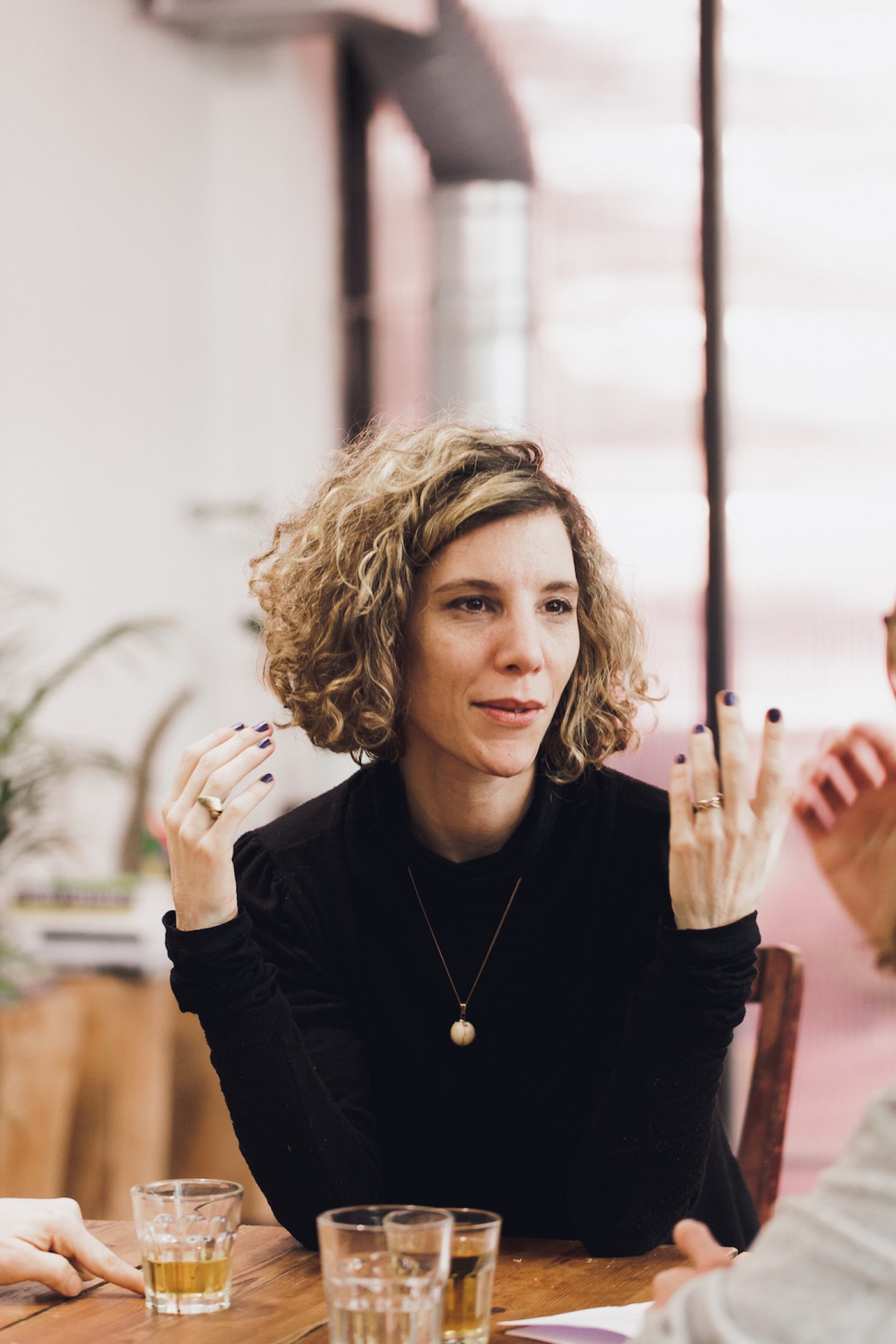
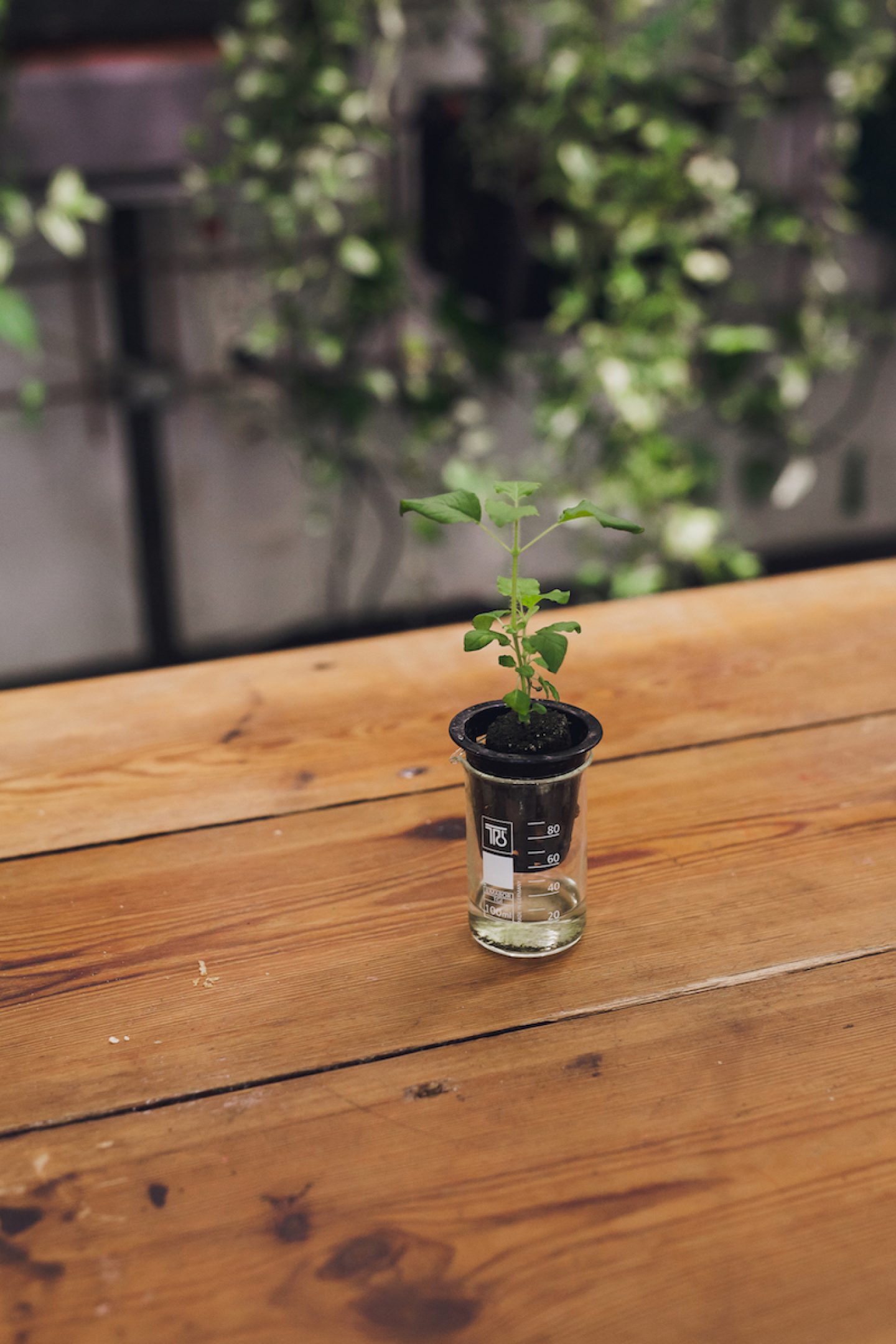
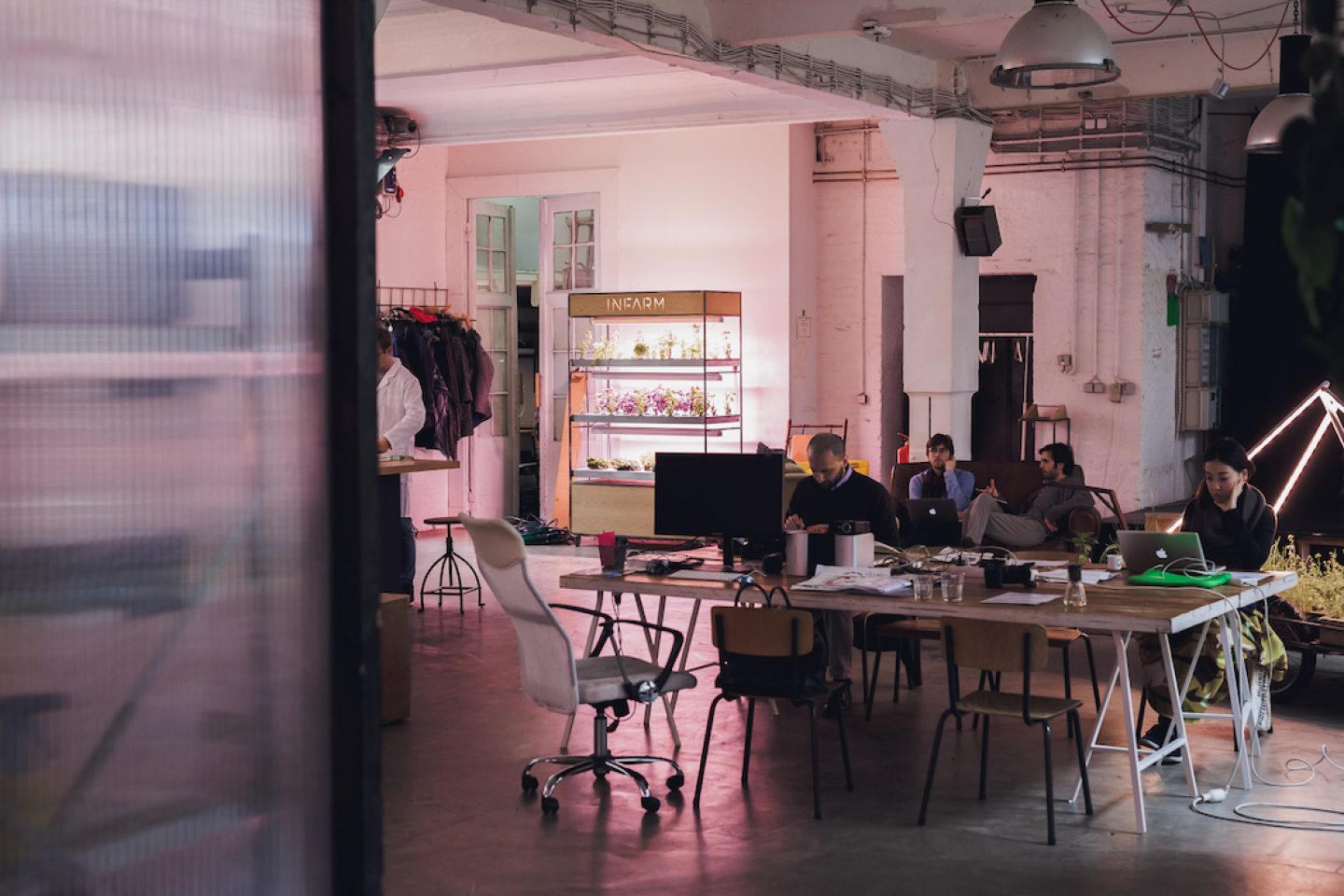
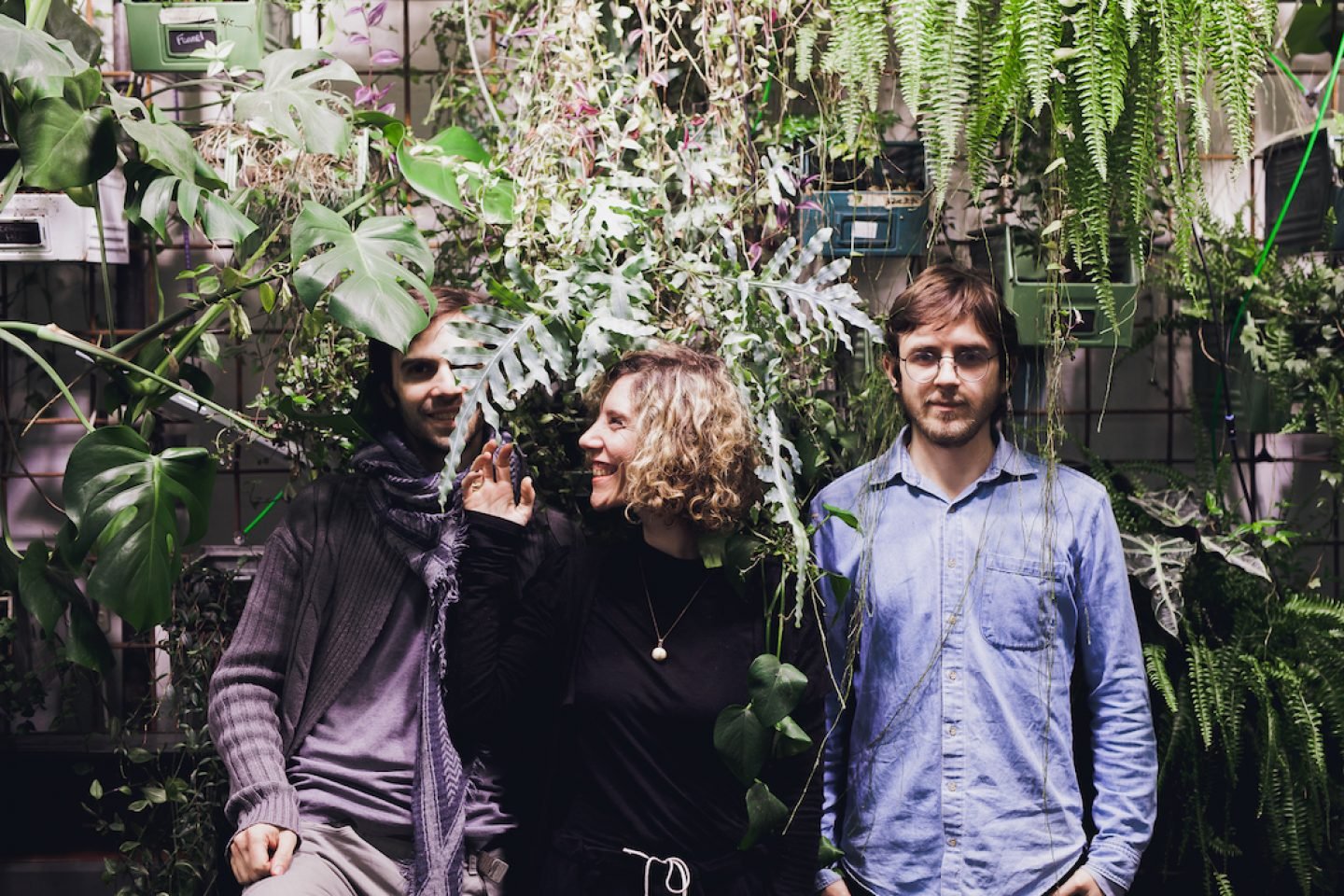
Your project with the Metro innovation group, Kräutergarten, is Europe’s first in-store farm, transparently growing on-demand produce all year round. Can you tell us more about this project?
Shani Leiderman: We have built a farm inside the METRO supermarket in Berlin, right at the vegetable aisle, that grows herbs and other greens for sale. It’s a transparent greenhouse, so the customers can see the entire growing process. Three times a week, we harvest the produce and we offer them to customers. The plants are then sold with their roots while they’re still alive.
Osnat Michaeli: They keep growing until you cut them and add them to your dish.
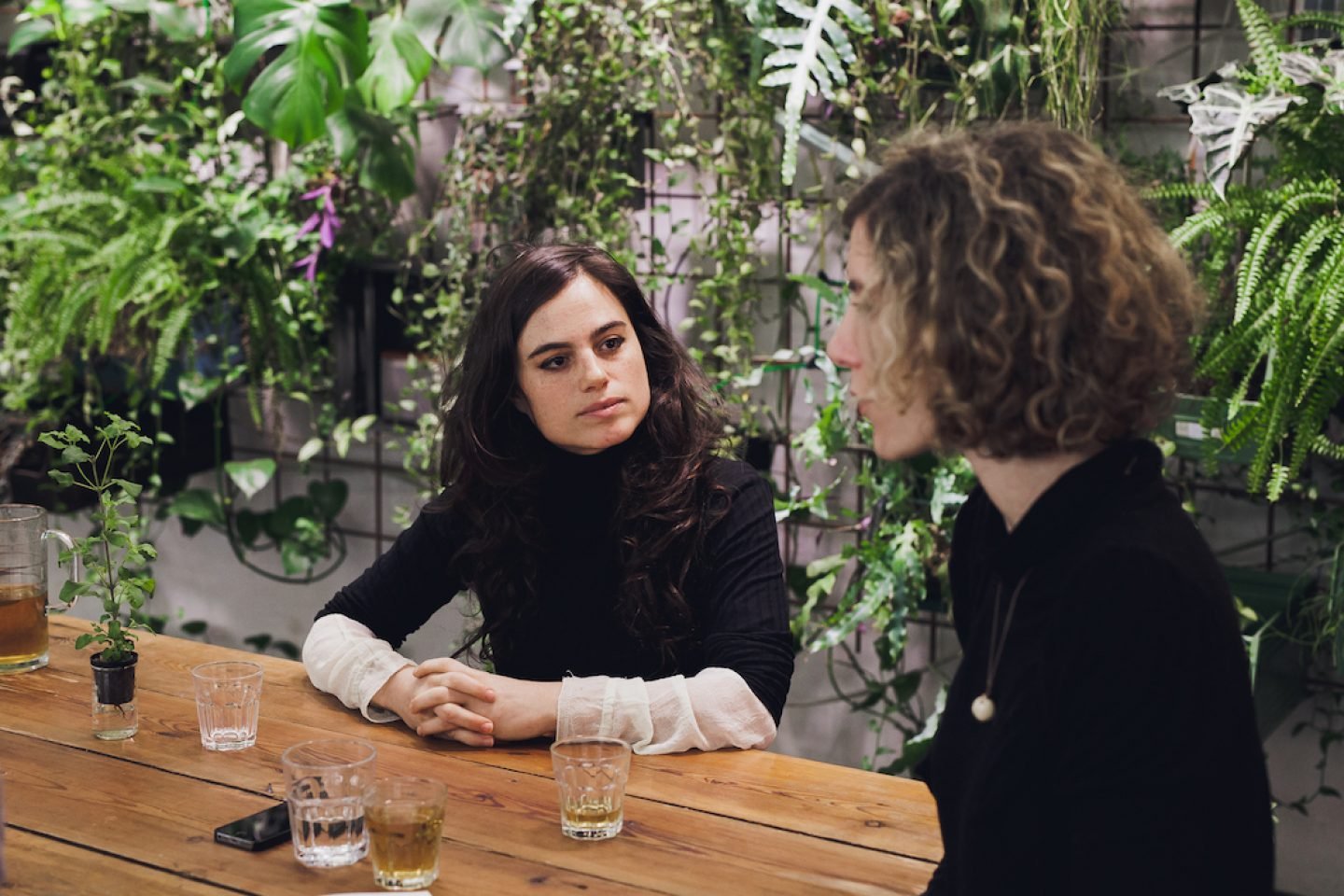
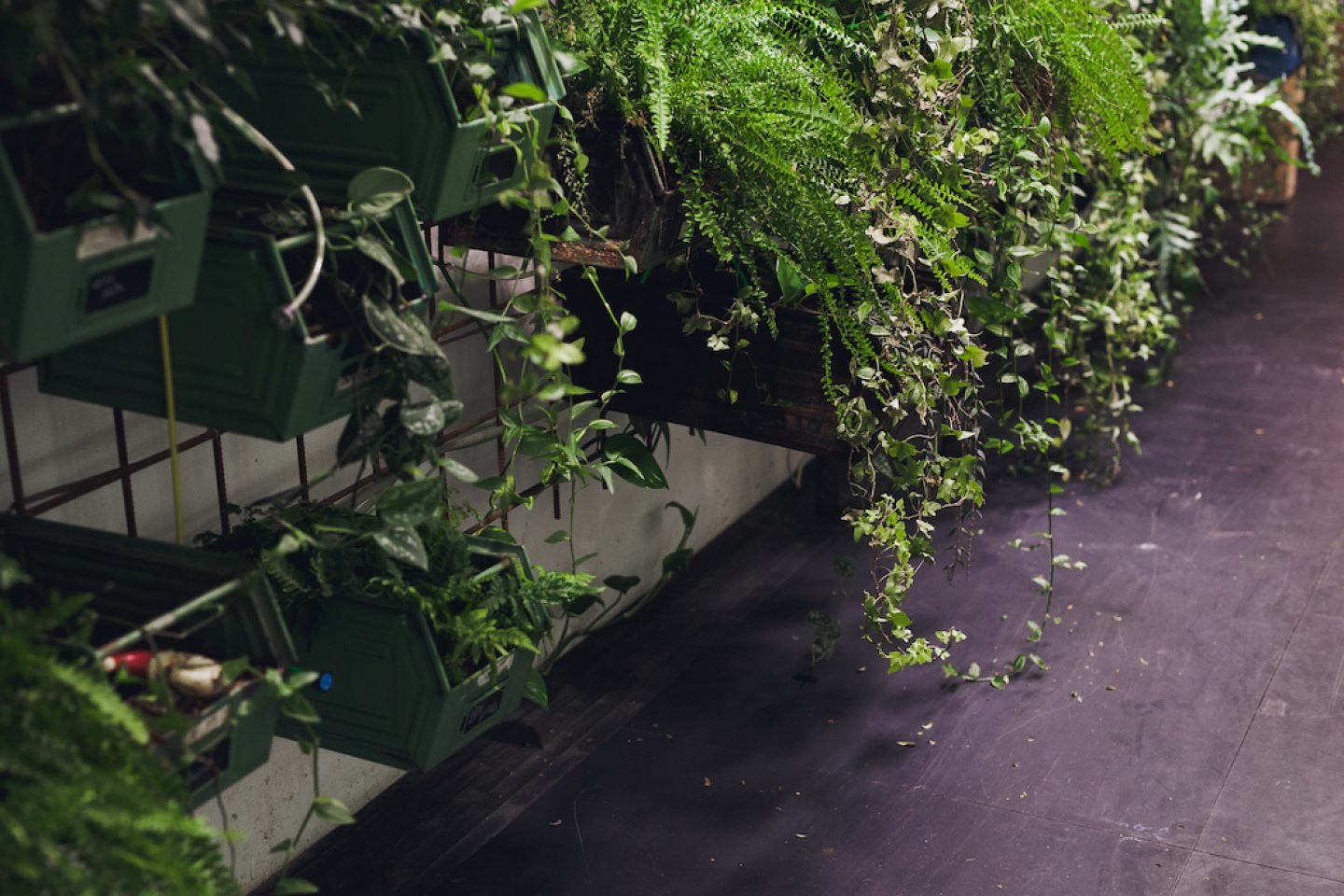
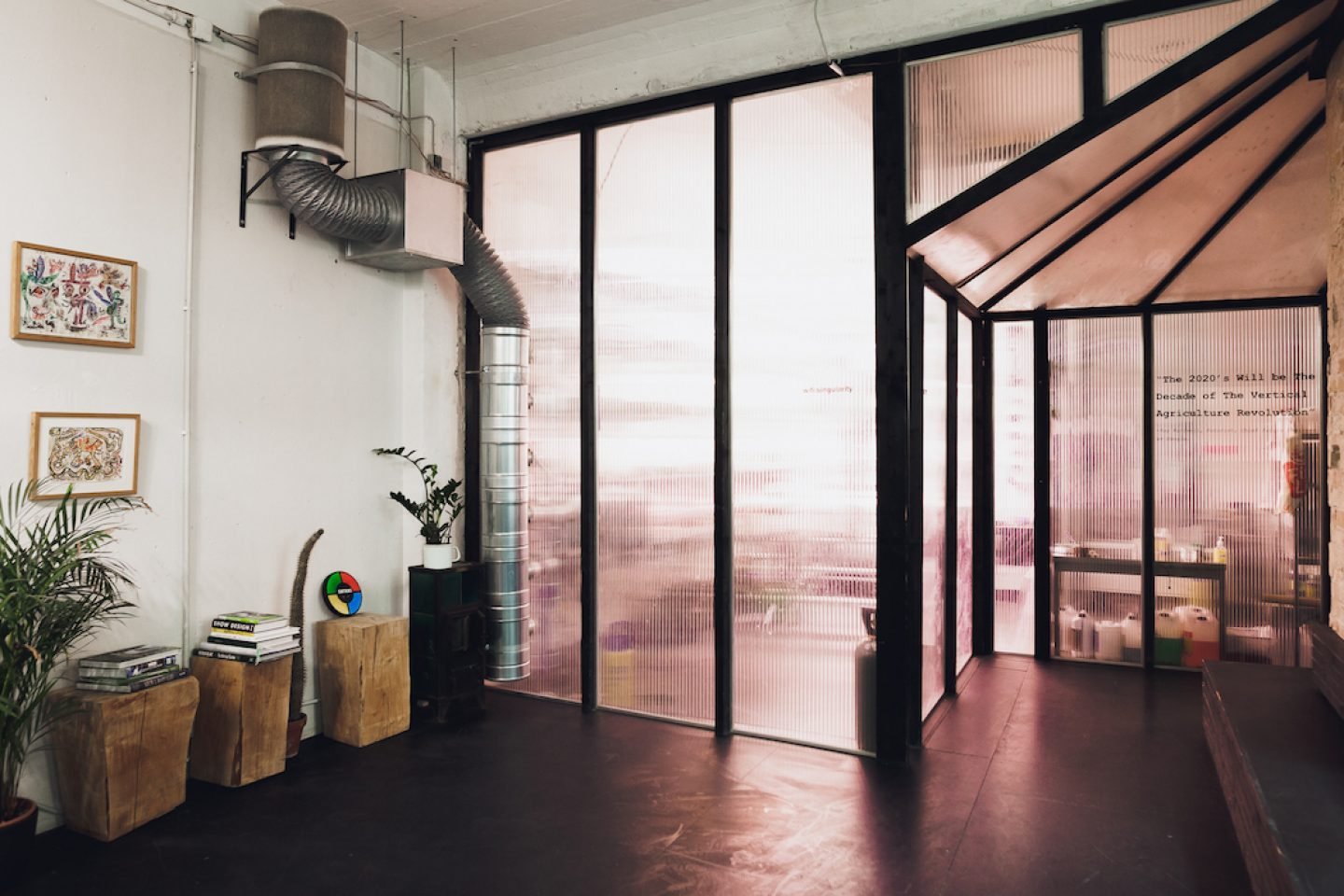
“We believe that cities will become more and more self-sustained in terms of the food production.”In your eyes, in which direction is the future of urban farming heading?
Osnat Michaeli: We believe that cities will become more and more self-sustained in terms of the food production. We see it as a necessity. We know that most of the population is going to live in cities and that we are looking towards about 9 billion people in just a few years. We need to increase food production while consuming less resources and creating less negative impact on our environment. Right now, our food system is really inefficient in many ways. for example, there’s an incredible amount of waste – about 30% of food produced is wasted before it arrives at our plates.
Shani Leiderman: It becomes obvious that the quality of our food is diminished because of how this industry works, and that much of today’s sickness are related to the low quality of our food. We believe that vertical farming can offer an alternative. We think that vertical urban farming will become the standard, and that we will be able to eliminate the need for importing certain types of fruit and vegetables and ultimately have better – tastier, safer and more nutritious – food.
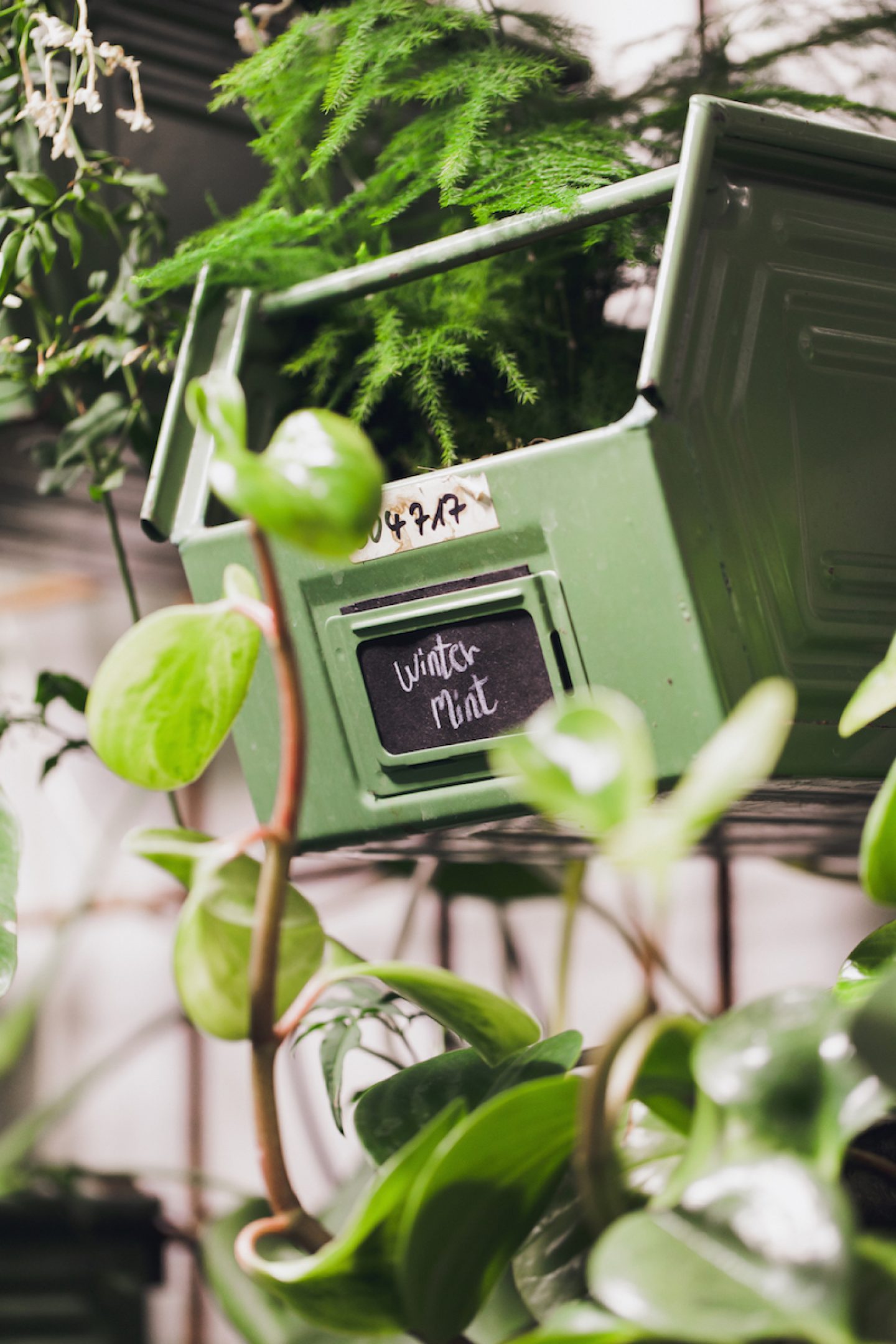
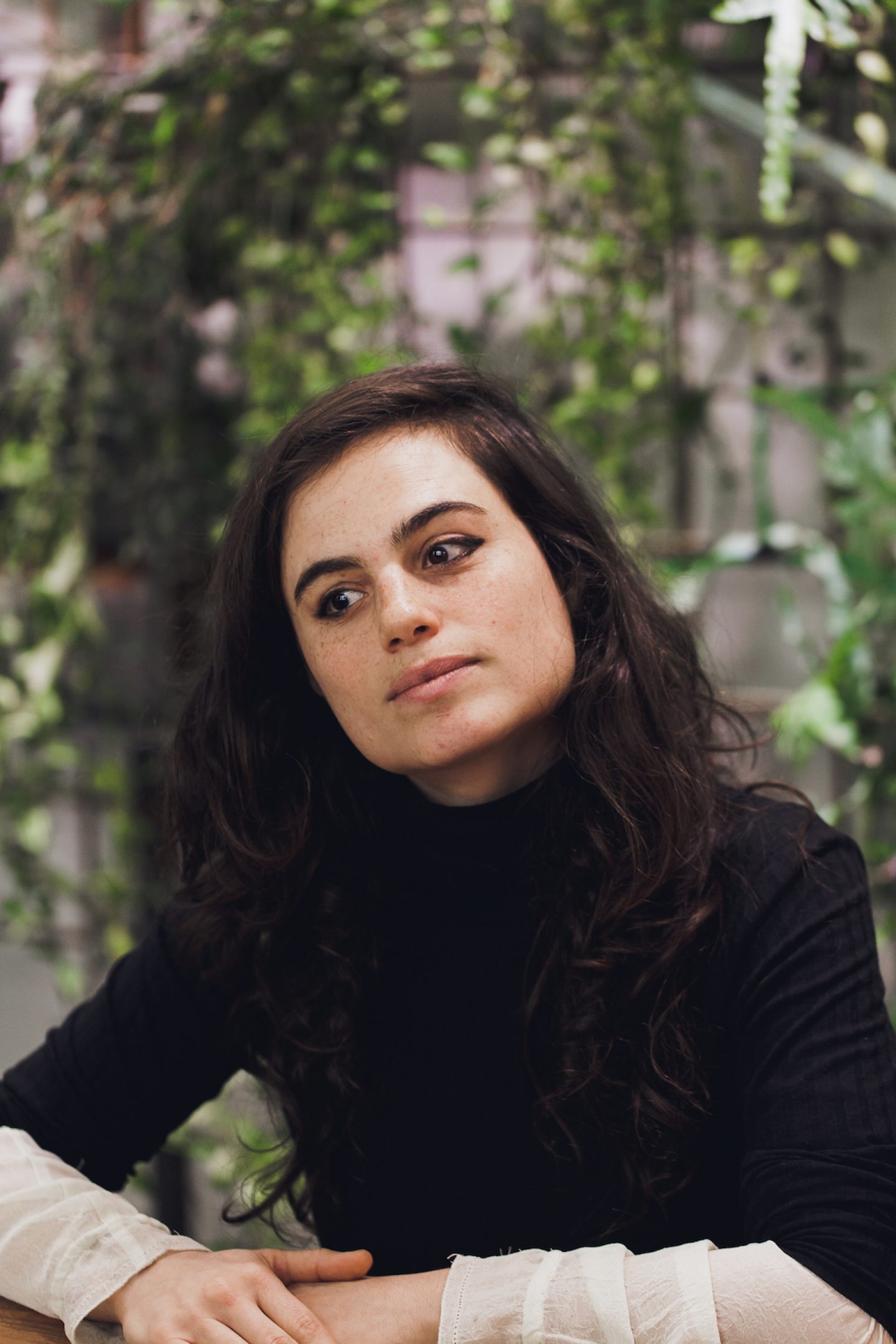
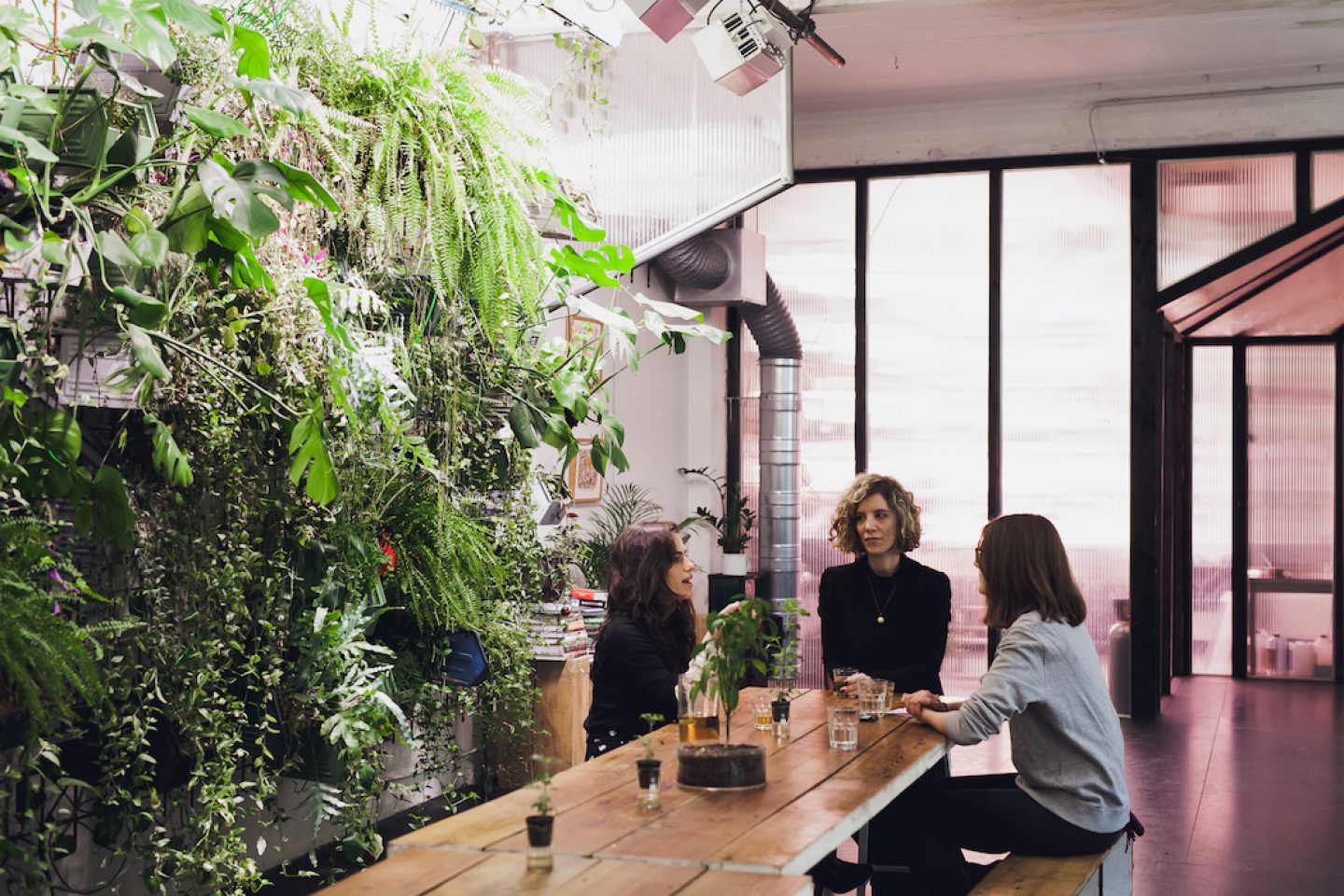
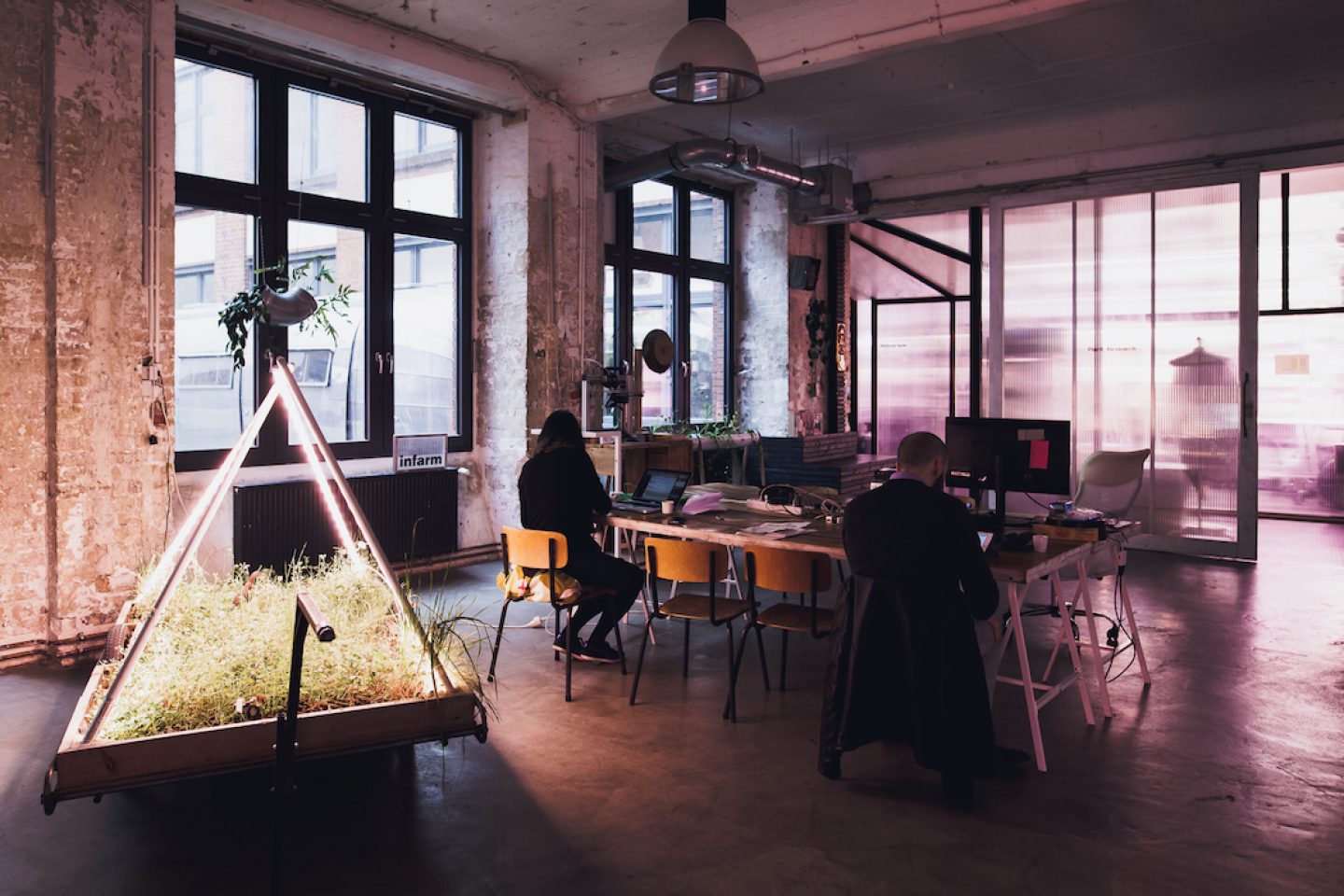
When people come here, what’s usually their first reaction?
Osnat Michaeli: The idea of indoor farming is very inspiring, even for people who have no special interest in gardening or farming. We often hear that it’s really calming to sit here. We also have friends who just come here during the winter to sit here and work with their laptops to have some greenery around them. Especially in a place like Berlin, it’s nice to have a place that is in eternal spring.
Shani Leiderman: A lot of people are surprised, because to them, technology and growing food in sterile environment means dull taste. When they eat here, they are very surprise about the rich taste of what we grow. That’s one of the big benefits of what we do here: allowing people to change and to learn.
Osnat Michaeli: And also to learn about the status quo. People have this romantic idea about farming, where they picture a farmer sowing his field. And unfortunately, that is really not the case. Somehow the way I always see it is that we combine the most advanced technology with this romantic dream and nostalgia that we all have inside of us…
Shani Leiderman: …and to make the connection, so that you see how the food grows. This connection immediately creates this warm feeling. It’s also a safe feeling in some way.
"People have this romantic idea about farming, where they picture a farmer sowing his field. And unfortunately, that is really not the case."
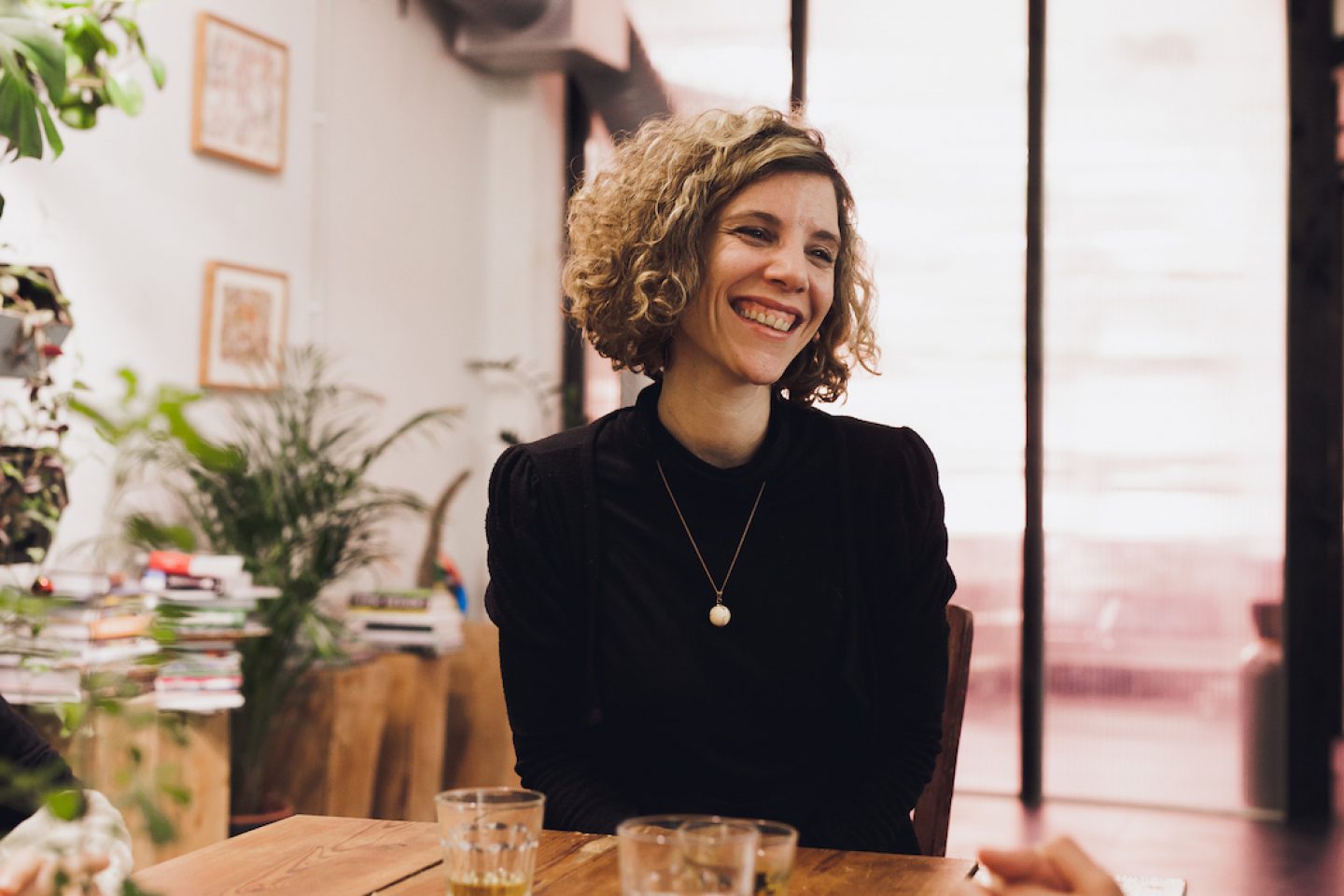
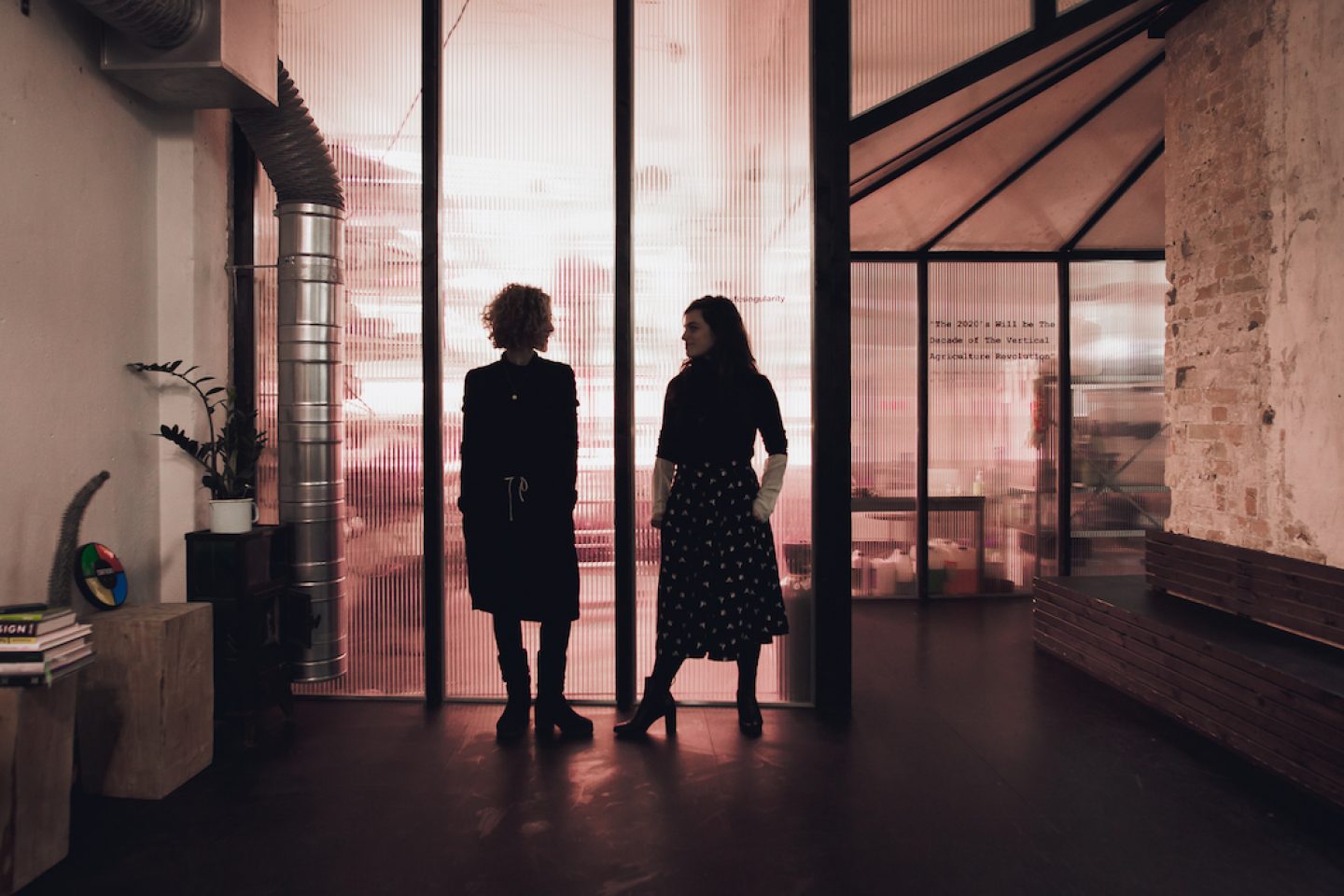
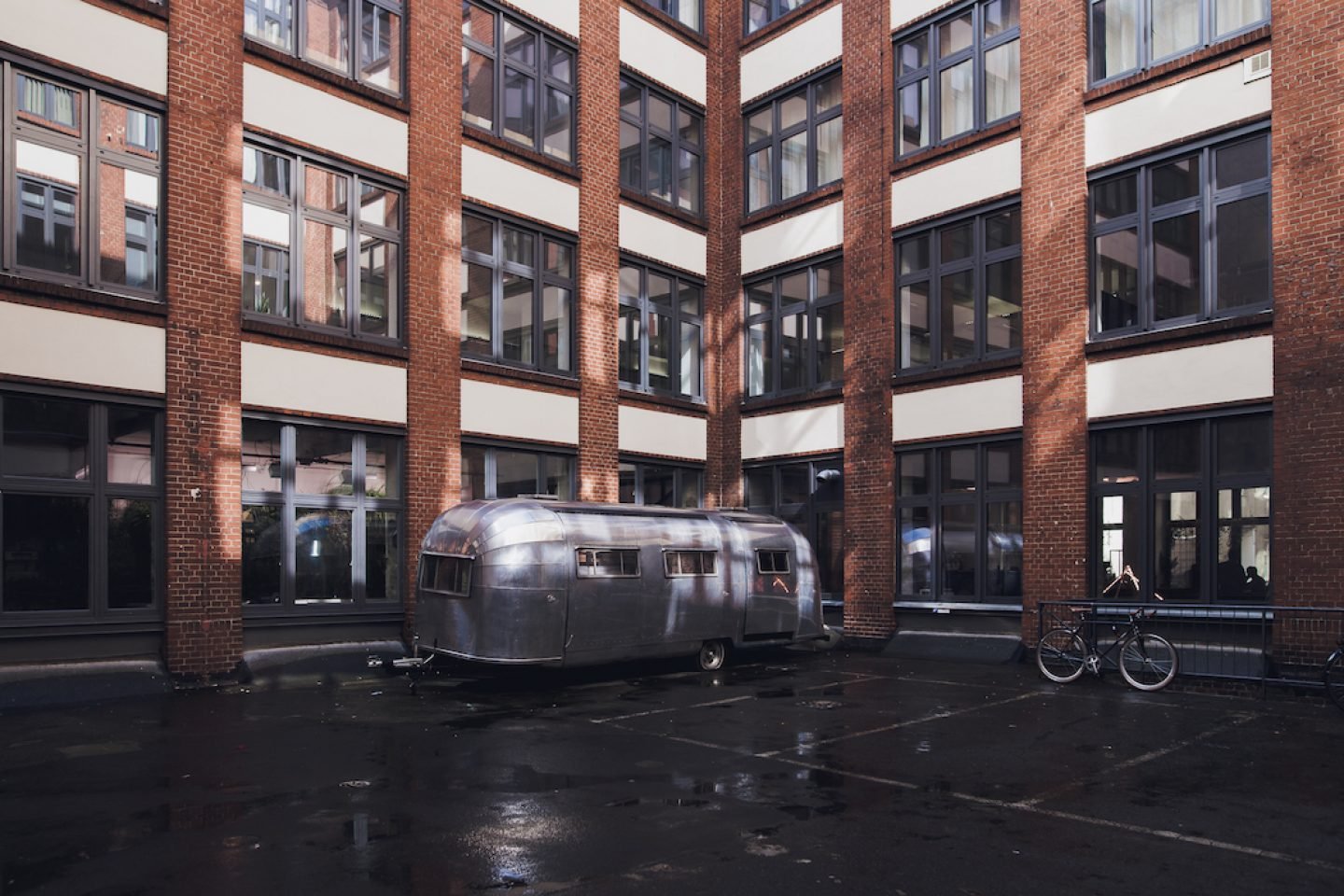
For those of us whose thumbs aren’t so green, what’s a good, easy-to-care-for herb or plant to start with, and how should it be cared for?
Osnat Michaeli: We’ve developed a mini greenhouse called ‘Microgarden’. With it, you can grow lots of different microgreens. We find that growing microgreens is the best first step for growing your own food, because they have a short cycle and you have so many different tastes and colors. It’s also very rewarding – after ten days, you can already eat what you grew. Through the experience you can really start learning about plants and their entire growing cycle.
Shani Leiderman: It makes growing very easy because with the ‘Microgarden’ you don’t need to even water the plants. You just put them in a thin layer of gel and they take all the water they need from this gel.
Osnat Michaeli: With this project, we thought a lot about children. They really love it because the whole product is transparent, so you can see the plant growing and the roots coming out. It also happens very fast, so you can see big changes from day to day.
Photography by Ana Santl






